Hello travel enthusiasts, how are you today?
Lately I have been sharing a lot about natural places, so today I would like to introduce a historical site, which is one of my favorite destinations in my travels because I not only can admire the beauty but also learn a lot from them. And today I would like to introduce to you Po Nagar Tower, the heart of the once mighty Champa kingdom.
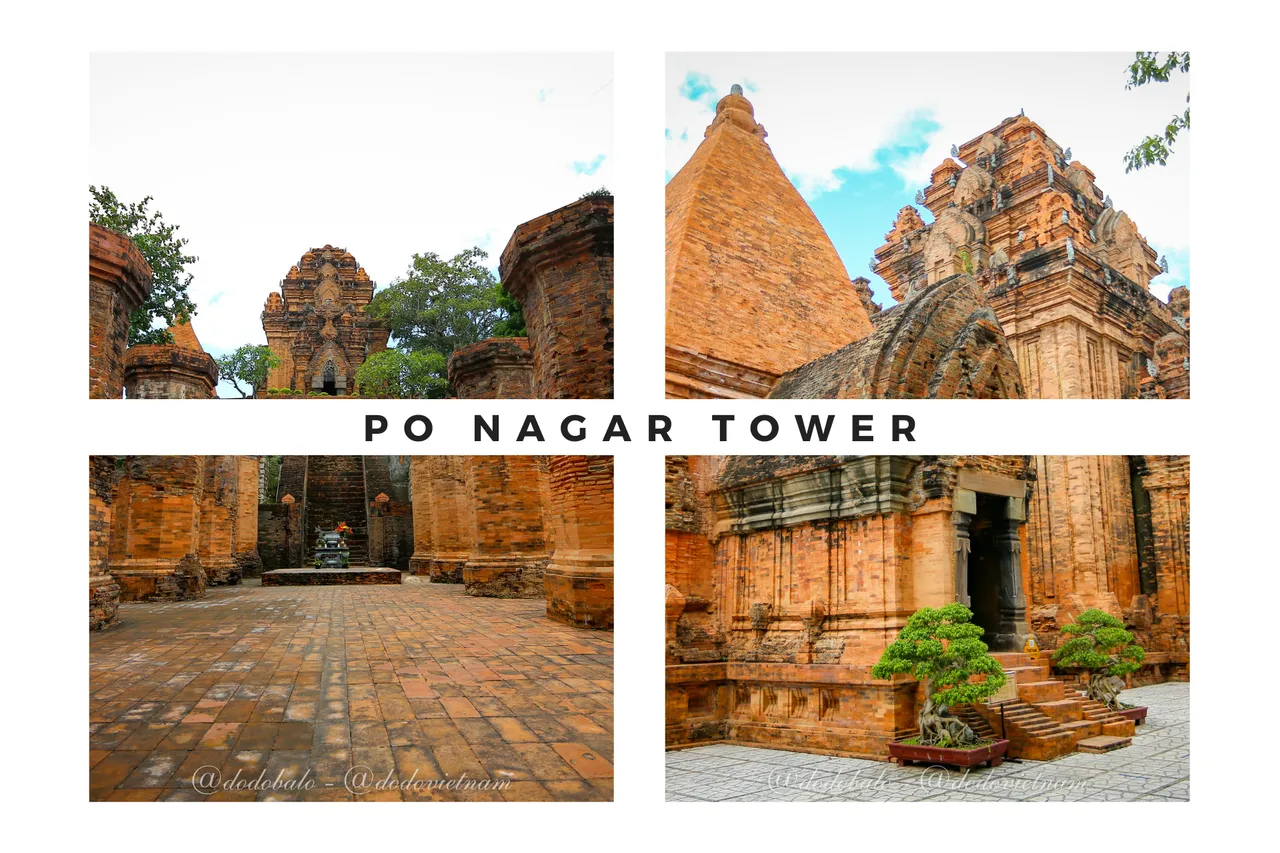
The name Po Nagar
The original name of Po Nagar tower is Yang Po Inu Nagar or Yang Po Ana Gar (Inu and Ana mean Mother in Cham, Ede, and Jarai languages). Over time, the Vietnamese have called it Po Nagar tower, which is used to refer to this whole structure, but it is actually the name of the largest tower about 23 meters high. This temple was built during the period when Hinduism was flourishing when Champa was in the period called Hoan Kingdom, so the goddess statue has the shape of Uma, the wife of Lord Shiva.
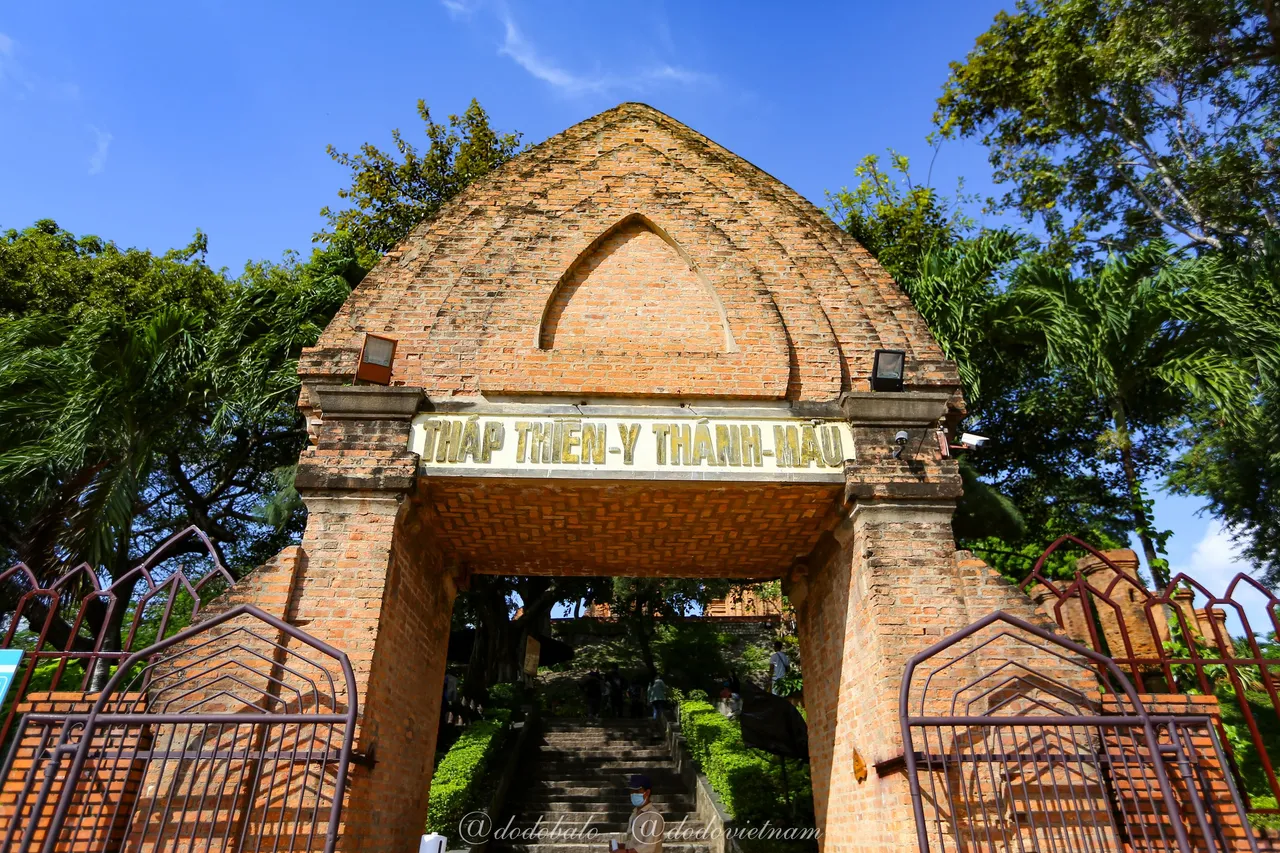
Location
The Po Nagar complex is situated on Cù Lao Mountain about 10-12 meters above sea level, at the mouth of the Cai River (Nha Trang River) in Nha Trang city, about 2 km north of the city center in Vinh Phuoc ward. It consists of three levels, the highest of which encompasses two rows of towers. The main tower is about 25 m high. The temple's central image is a 1.2m tall stone statue of the goddess Yan Po Nagar sitting cross-legged, dressed only in a skirt, with ten hands holding various symbolic items. According to Vietnamese scholar Ngô Vǎn Doanh, these attributes show that Yan Po Nagar was identified also with the Hindu goddess Mahishasuramardini or Durga, the slayer of the buffalo-demon. Another sculpture of the goddess Mahishasuramardini may be found in the pediment above the entrance to the temple: it depicts the four-armed goddess holding a hatchet, a lotus and a club, and standing on a buffalo. This sculpture belongs to the Tra Kieu style of Cham art from the end of the 10th century or the beginning of the 11th century.
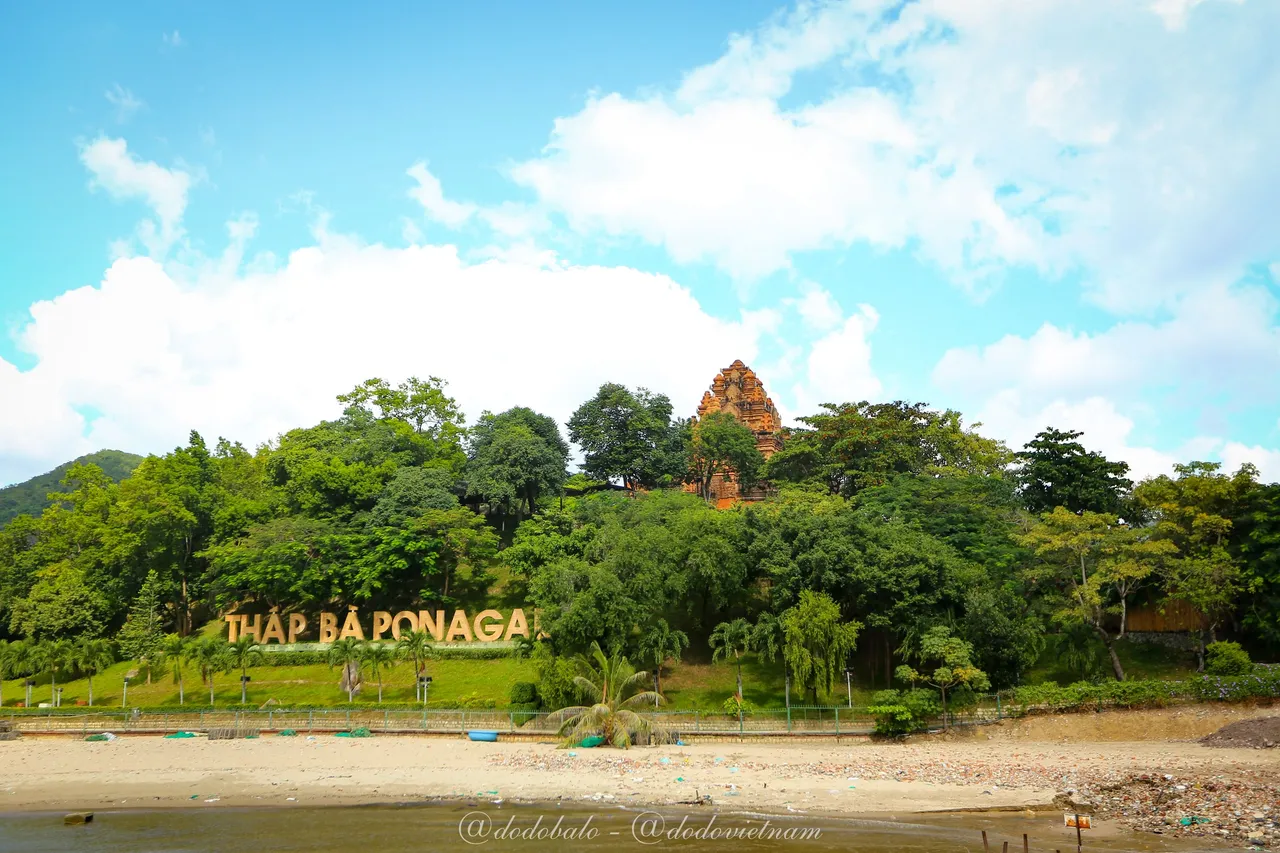
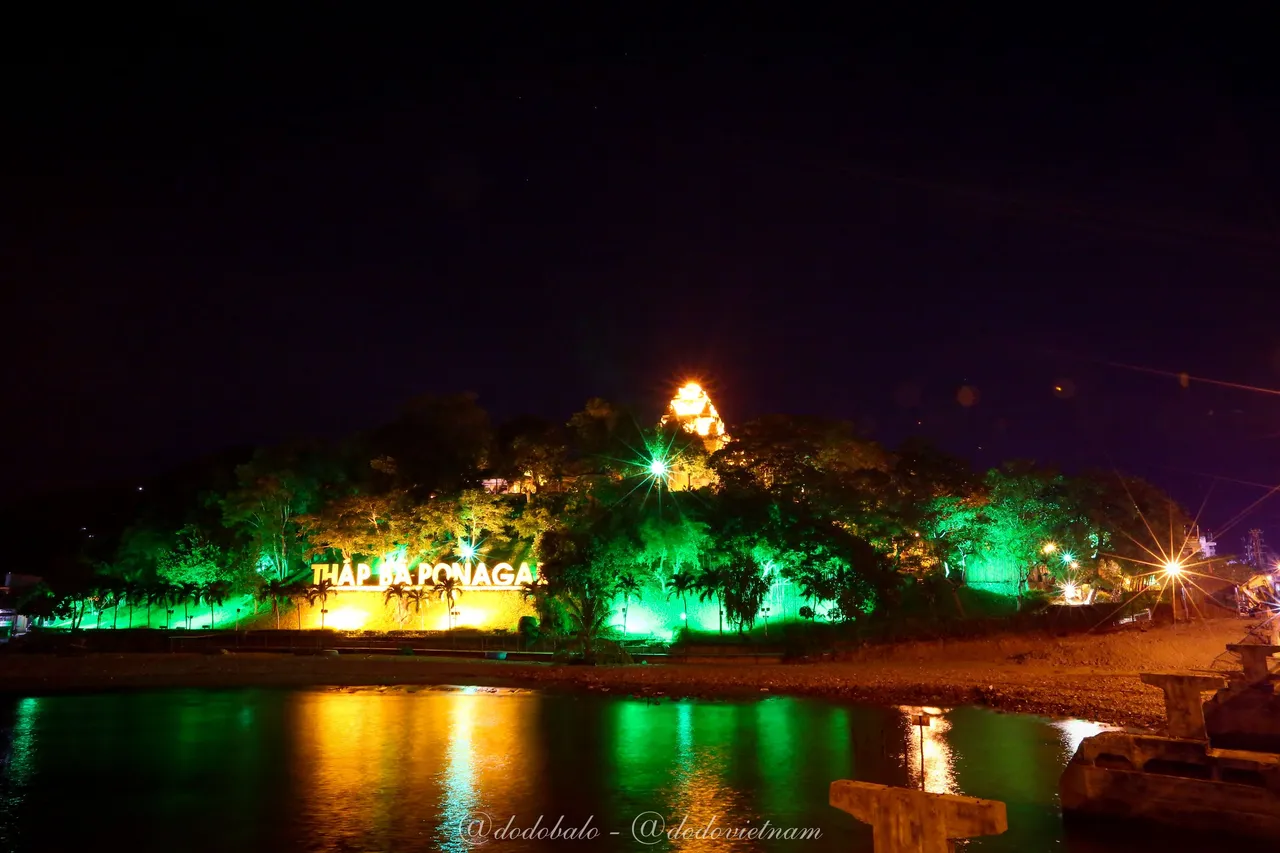
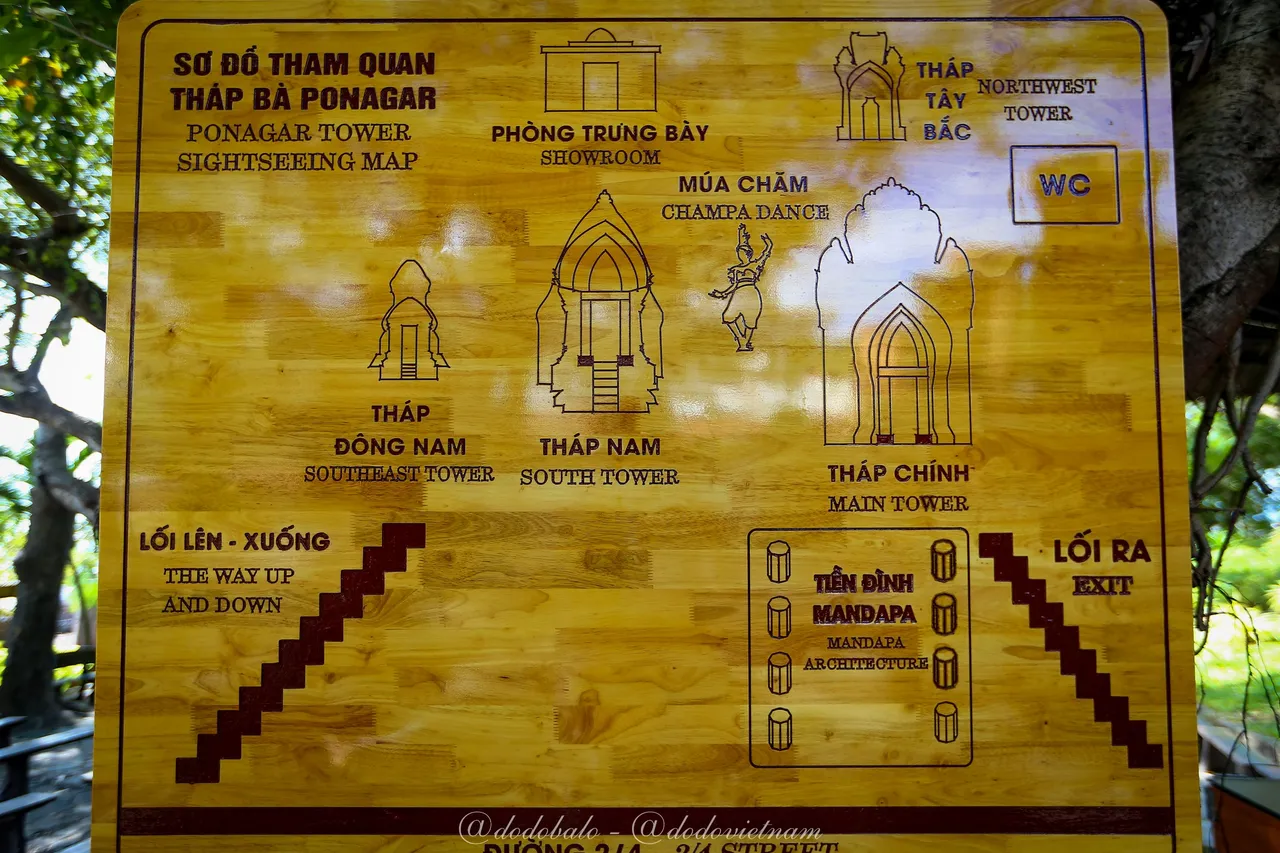
Legend
Queen Po Ina Nagar (also known as Yang Po Nagara, Po Ana gar or Ba Den that the Vietnamese call Thien Y Thanh Mau Ana) is a goddess created by clouds of the sky and sea foam. She is the creator of the Earth, producing precious wood, plants and rice. She has 97 husbands, of which only Po Yan Amo is the most powerful and respected person. She had 38 daughters, all of them became goddesses, of which three of them were chosen by the Cham people to protect the land and are still worshiped to this day: Po Nagar Dara - goddess Kauthara (in Khanh Hoa province); Po Rarai Anaih - goddess Panduranga (in Ninh Thuan province) and Po Bia Tikuk - goddess Manthit (in Phan Thiet city). Initially, according to the prosperity beliefs of the Cham people, the statue of Thien Y Thanh Mau Ana had no clothes. But now the goddess statue is dressed in the Buddha style.
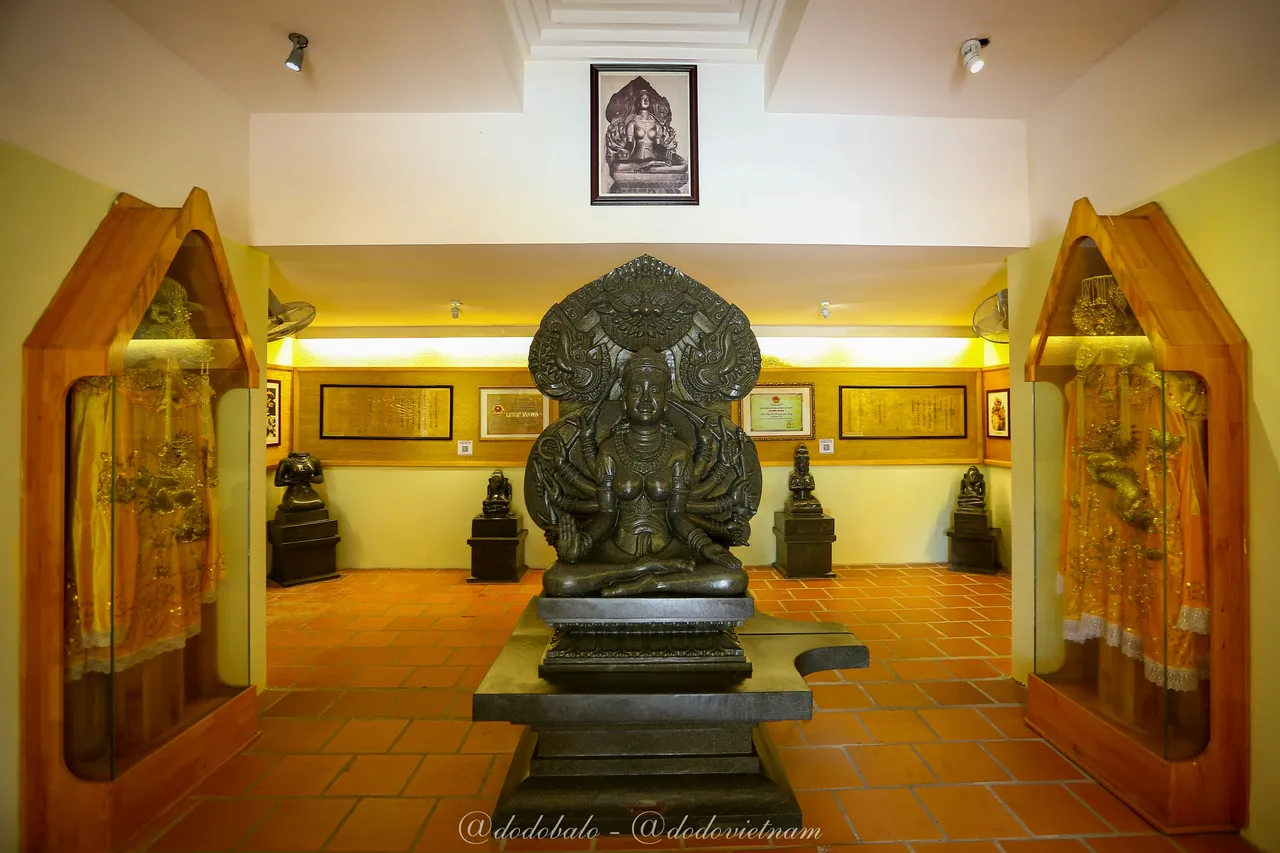
History
Before the tower was built with a wooden stop to worship Queen Jagadharma (Princess Tchou Koti or Thien Y Thanh Mau, who ruled Linyi from 646 to 653). It was then rebuilt by Prithi Indravarman with hard materials at Aya Tra (Nha Trang) on a high hill next to the Cai river mouth to worship the statue of goddess Bhagavati (in gold). In 774, the Austronesian army (Java, Indonesia) invaded and plundered. Po Nagar Temple was destroyed by the Austronesian forces, then rebuilt with bricks by Satyavarman and completed in 784 and exists to this day, but has also been significantly damaged. Later, King Harivarman I and his son Vikrantavarman III may later have built 5 more towers in turn. The remaining inscriptions at Po Nagar show the traces of a powerful nation that existed in the past.

Architecture
The overall architecture of Po Nagar consists of 3 floors, going from bottom to top.
Low level: At the level of the ground, it is a gate tower that is no longer available. From there there are stone steps leading to the middle floor.
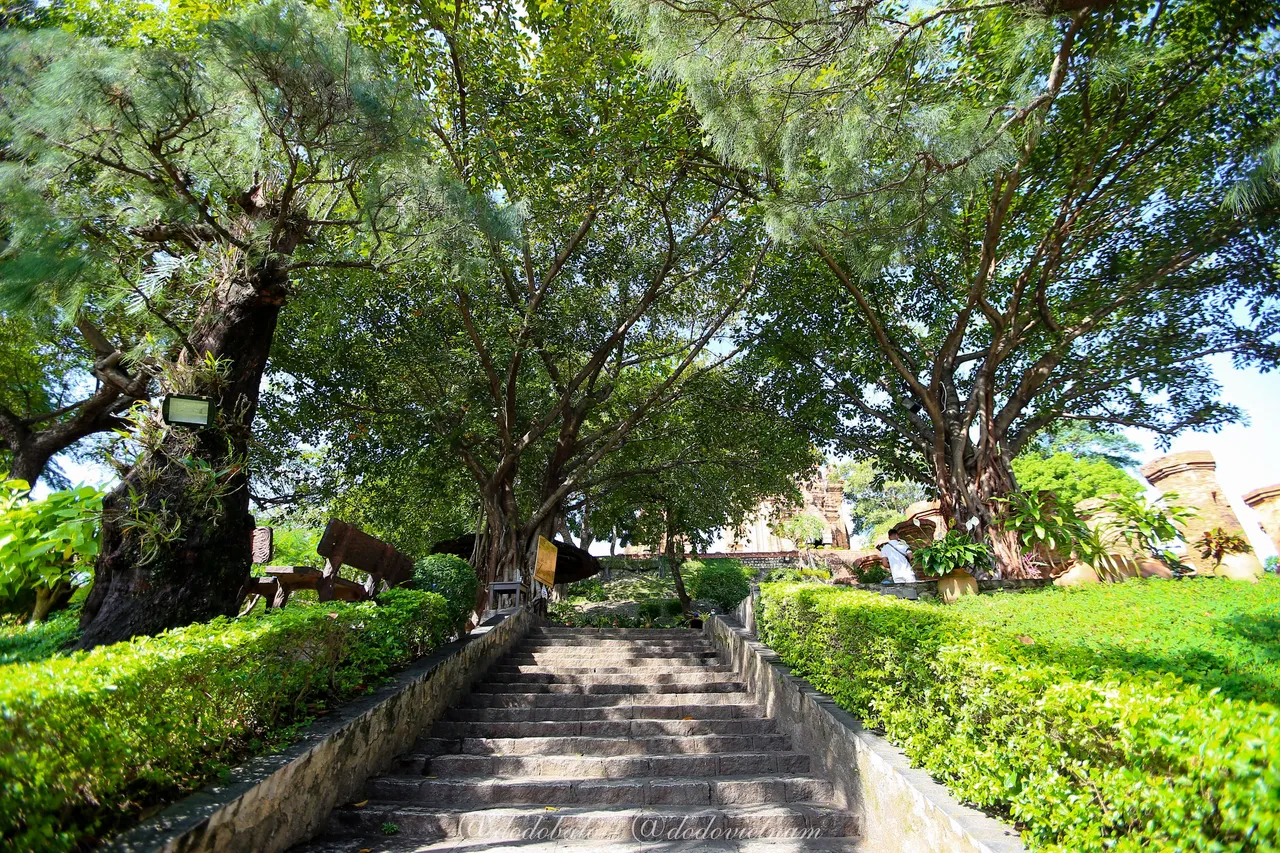
Middle level: At this level, there are currently only two main rows of octagonal brick pillars, 5 pillars on each side with a diameter of more than 1 meter and a height of more than 3 meters. On either side of the large pillars, there are 12 smaller and lower pillars. All pillars rest on a brick platform over 1 meter high. Based on this structure, it is believed that this was originally a large building with a tiled roof, this was a place for pilgrims to rest and prepare offerings before making offerings at the upper shrines. From this middle level, there's a series of steeper brick steps that lead up to the top level.
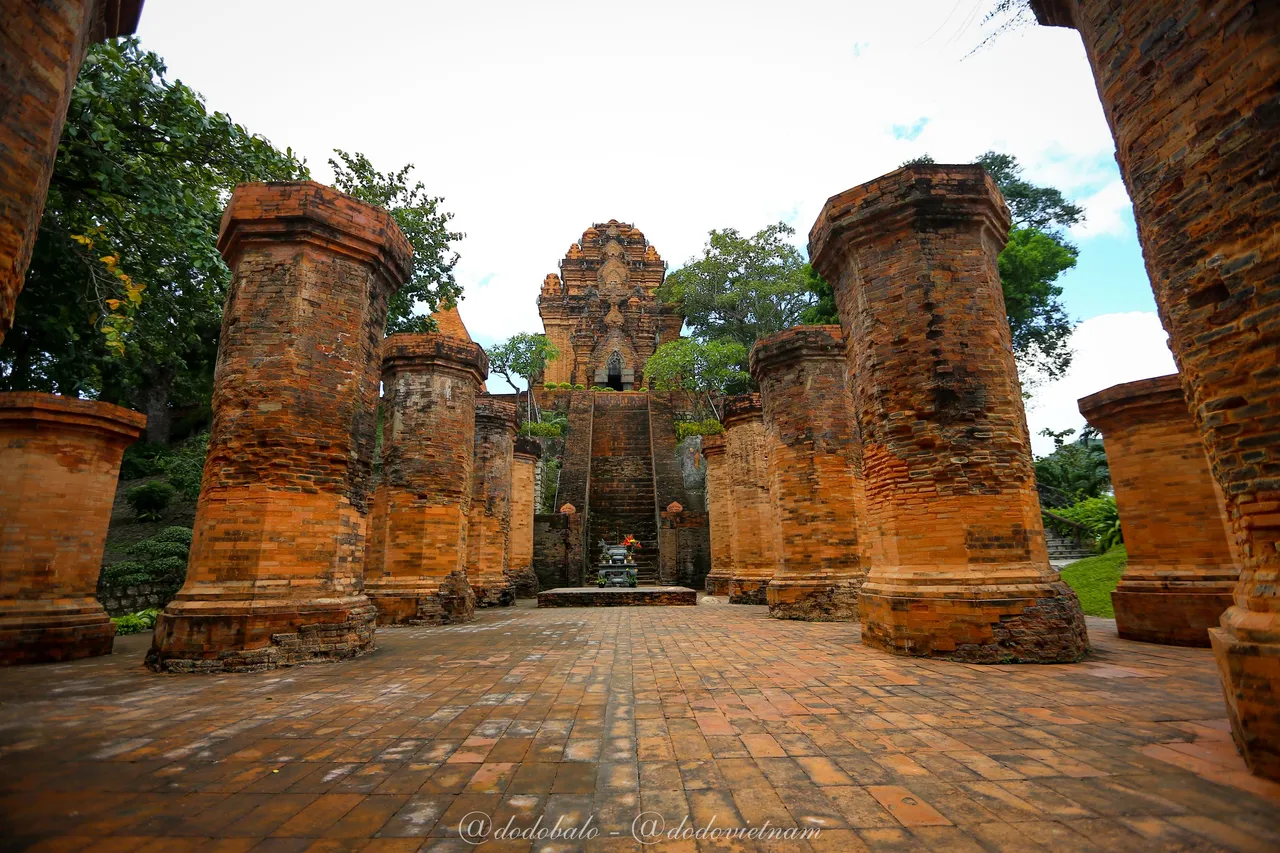
Top level: This is where the towers are built, right in front of the main tower. The steep steps from middle level to top level have long been unused. Wider laterite steps were built on the south side of Po Nagar tower in the 1960s due to increased tourist demand.
At the top level, there are two rows of towers surrounded by four stone walls, but now only the west and south walls remain. The front row has 3 towers, and the rear row has traces of 3 other towers, but now there is only 1, they are parallel to each other. All four remaining towers are built in the style of Cham towers, the bricks are very tight, no adhesive is visible. Inside the tower is hollow to the top, the tower door is facing east. The outside of the tower body has many ledges and pillars. The tops of the pillars are decorated with dome-shaped bricks, looking like a small tower placed on a large tower. On the body of the tower, there are many terracotta statues and reliefs, including Po Nagar, God Tenexa, fairies, animals: deer, golden geese, lions...
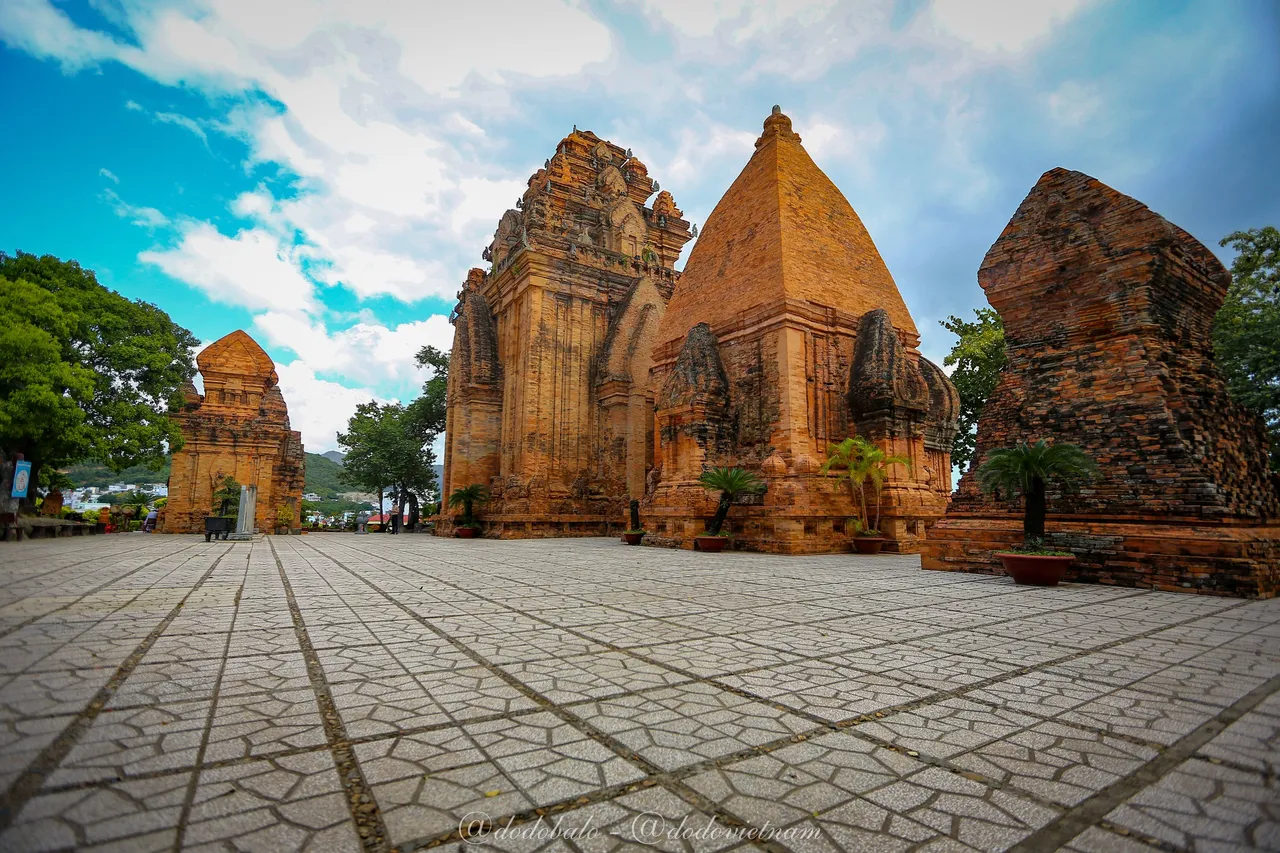
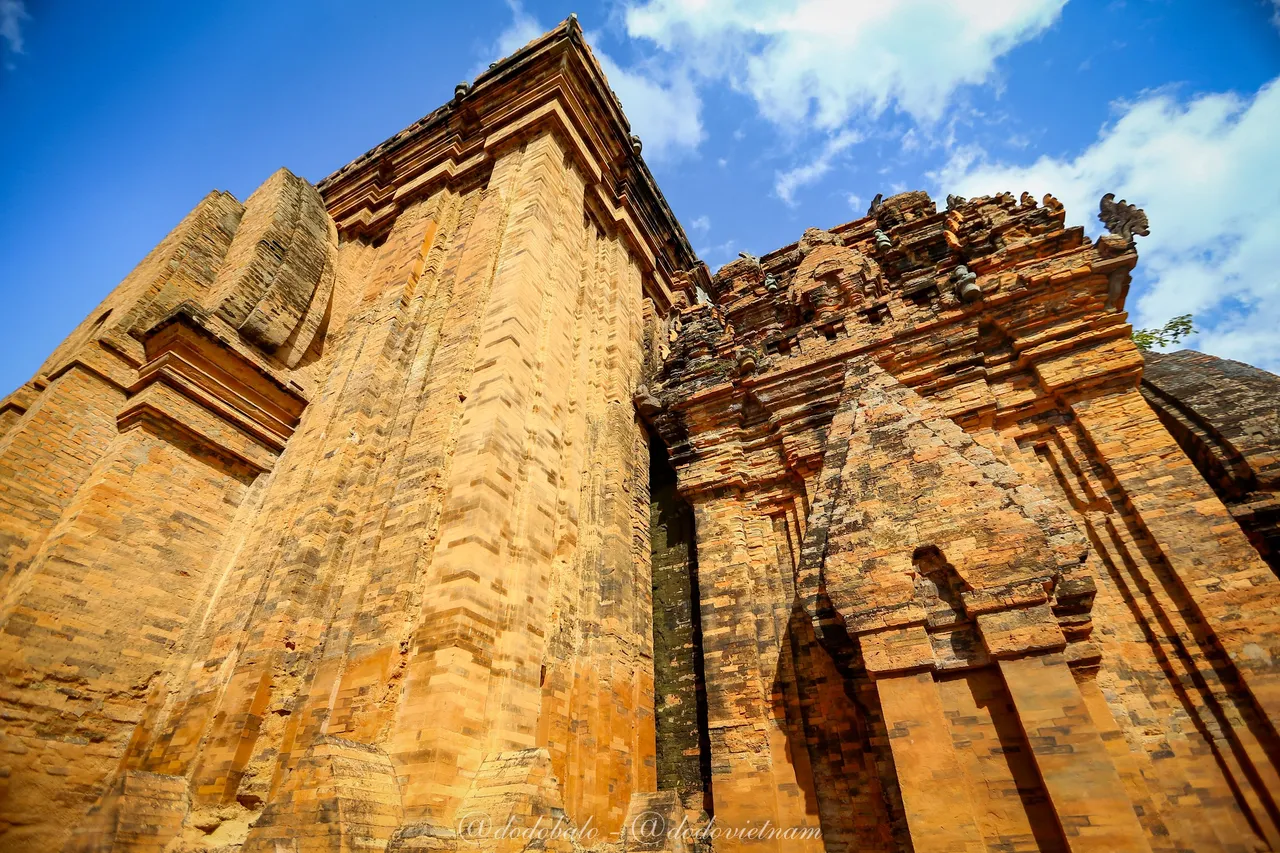
My Experience at Po Nagar Tower
I went there in the afternoon and stayed until evening. The admission is very cheap, only about 1 dollar. Even though this place was built thousands of years ago (in 784), I still find it magnificent. The people of that time were so great to build this majestic work. Especially until now people still do not really understand how the Champa people glued the bricks together to build this structure. When I got closer to look, I could see the bricks were glued together, but I couldn't see the adhesive. There have been several theories about it, but scientists have yet to find the most convincing explanation. We only know that although it was built thousands of years ago, Po Nagar tower is still very sturdy until now. That proves the existence of a powerful kingdom in which people have achieved great achievements in technology, art, culture,...
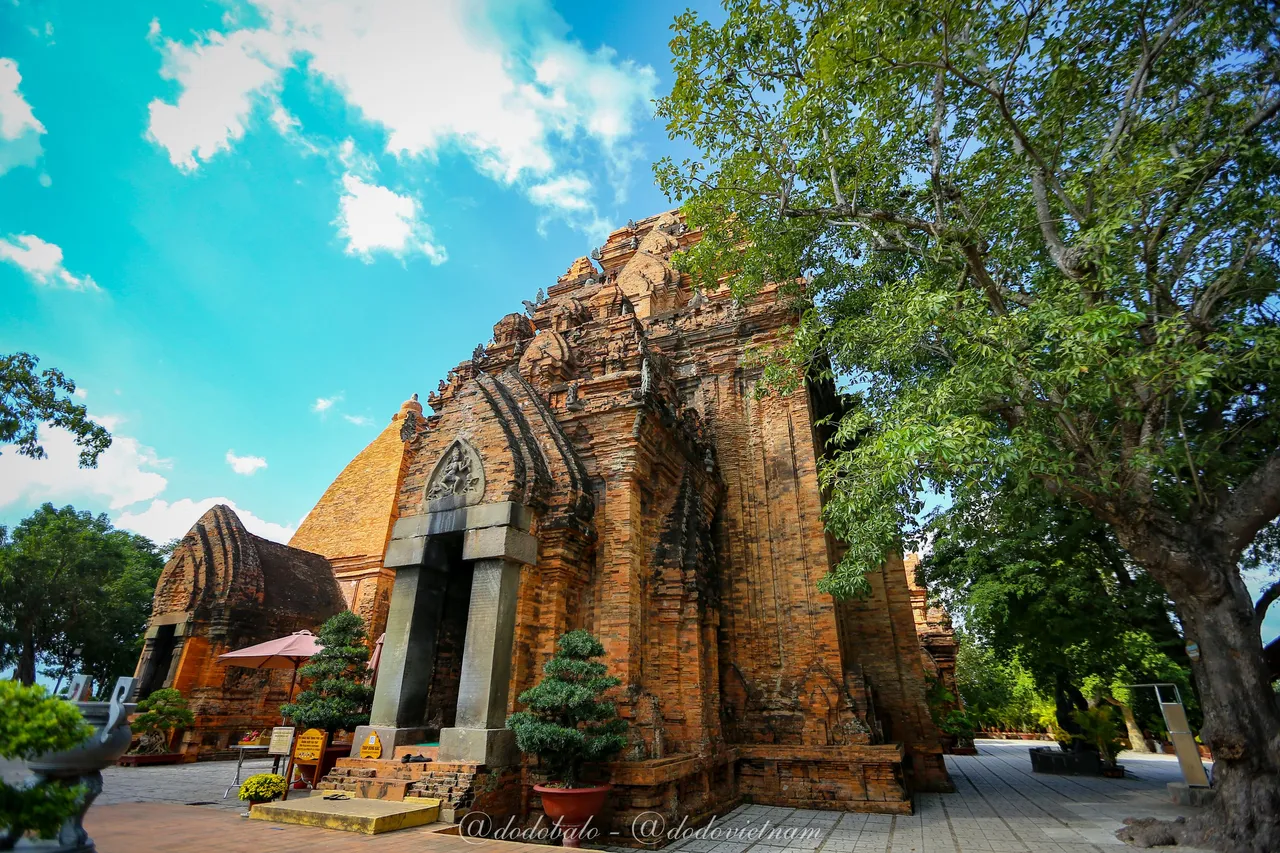
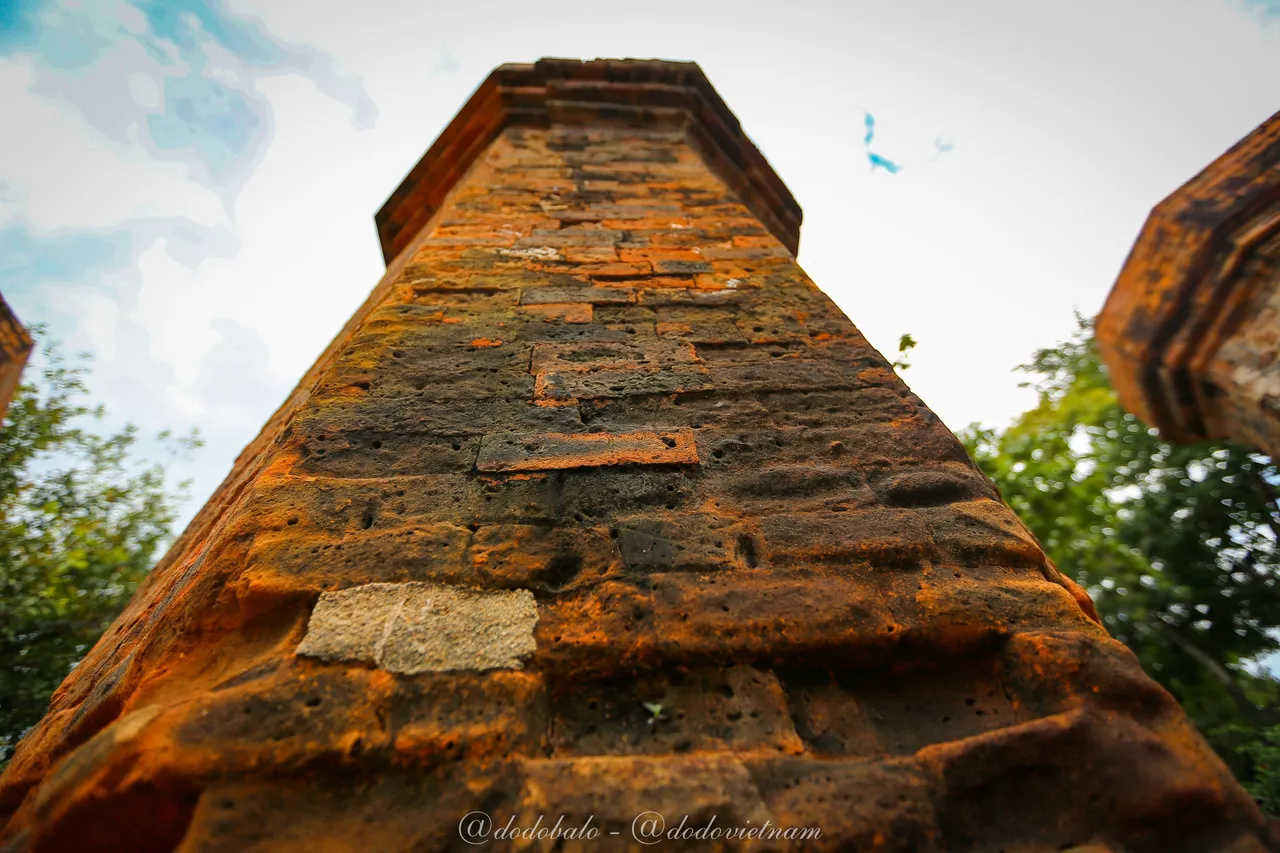
When entering the tower, I had a very mysterious feeling. The space inside the towers is decorated with statues and reliefs. The smoke rising from the incense makes the space even more mysterious. People often come here to pray for good things for themselves and their families. Unfortunately I wasn't allowed to take pictures inside the spiers so I couldn't give you a better view of the interior.

One activity that I really enjoyed when I went there was watching performances by Cham artists. They performed songs and dances of the ancient Cham people. The old music is rudimentary, and the dances seem simple, but it is the crystallization of a rich culture of the once mighty Champa kingdom. At the back of Po Nagar Tower, I saw a showroom where I was able to learn about the history and development stages of this work through rare documents and artifacts.
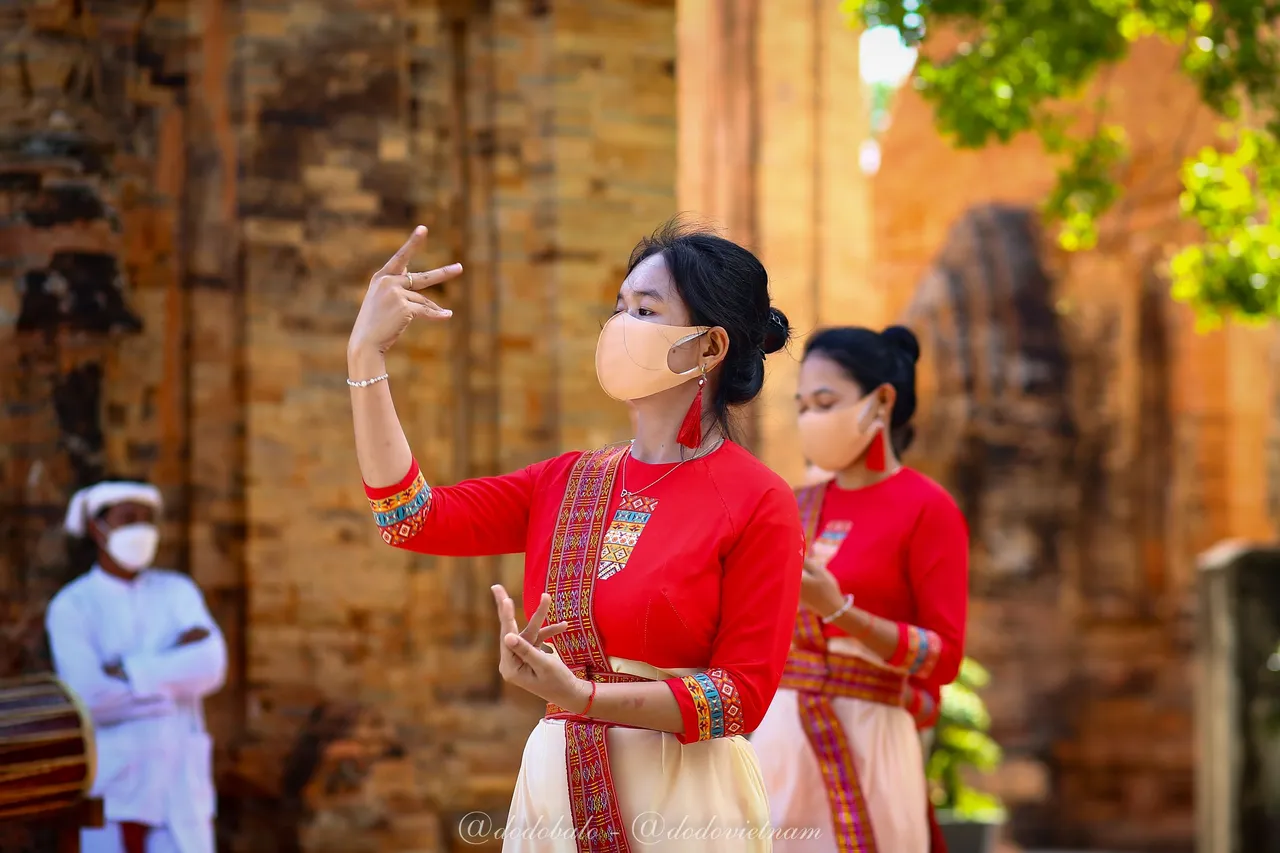
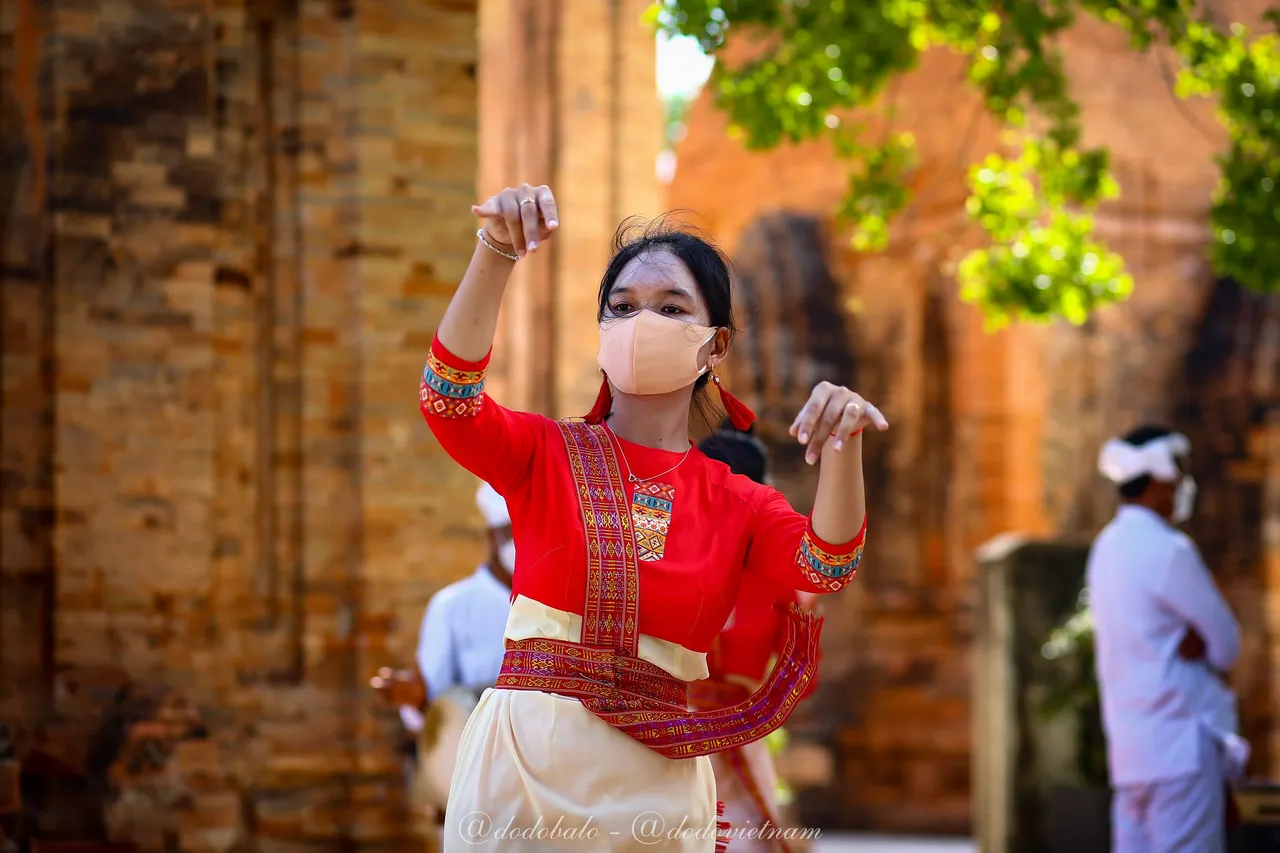
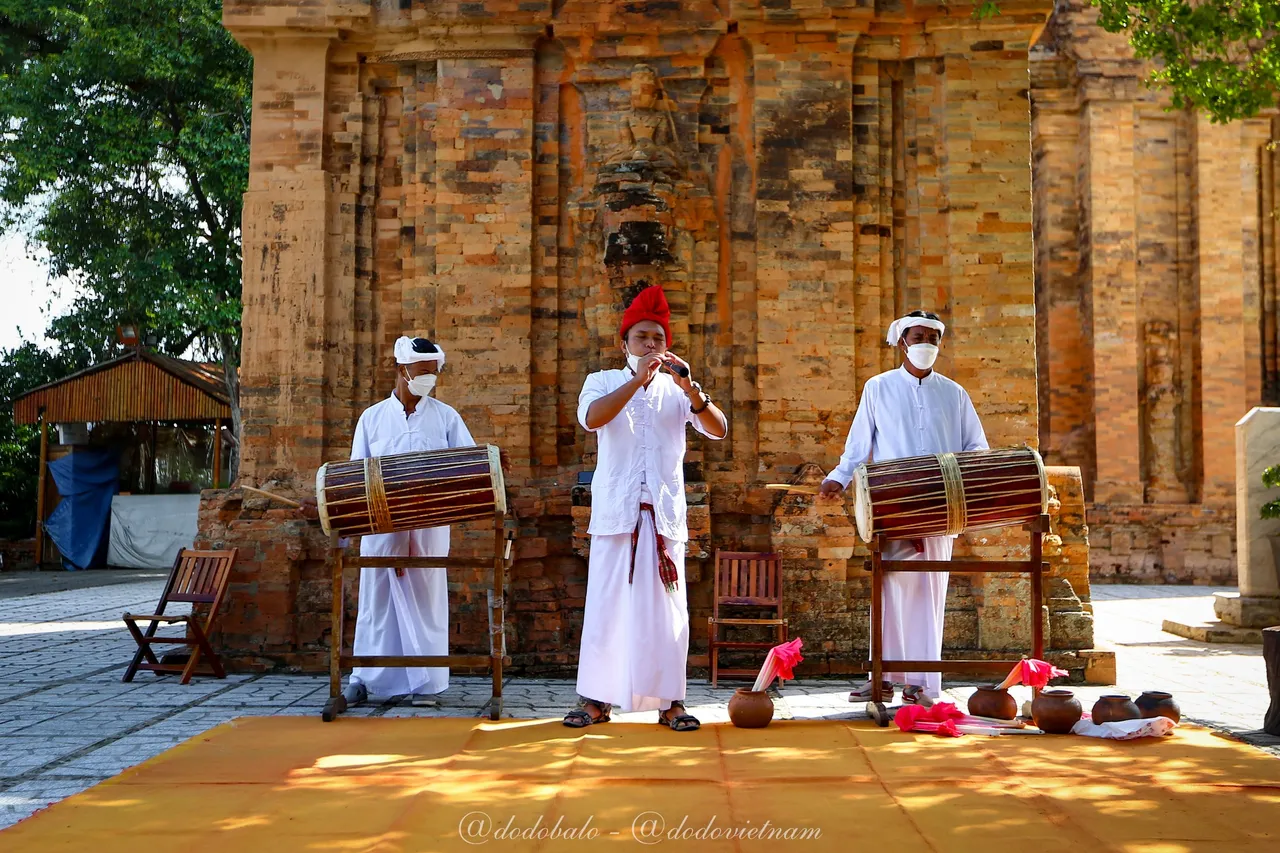

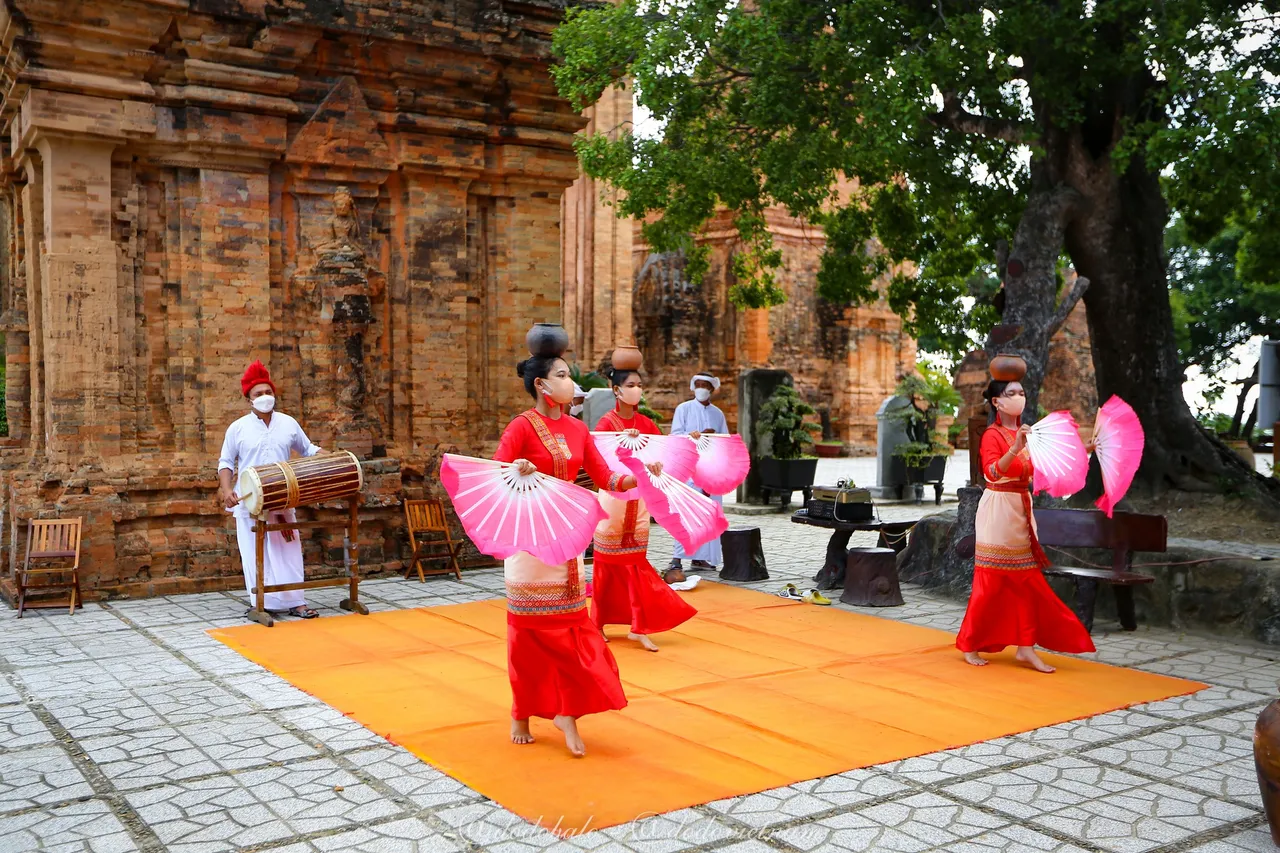
You can see more about the magnificence and beauty of Po Nagar tower through my photos below:
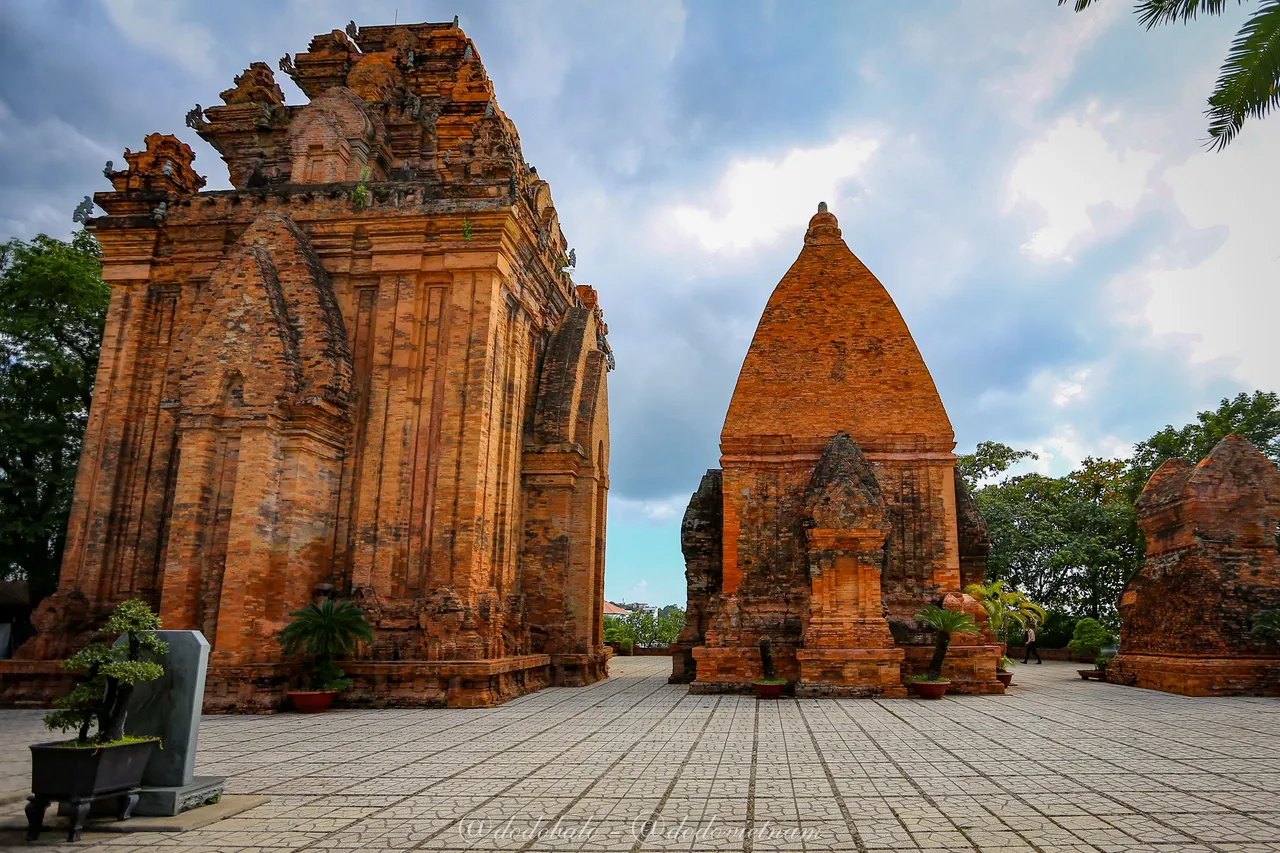
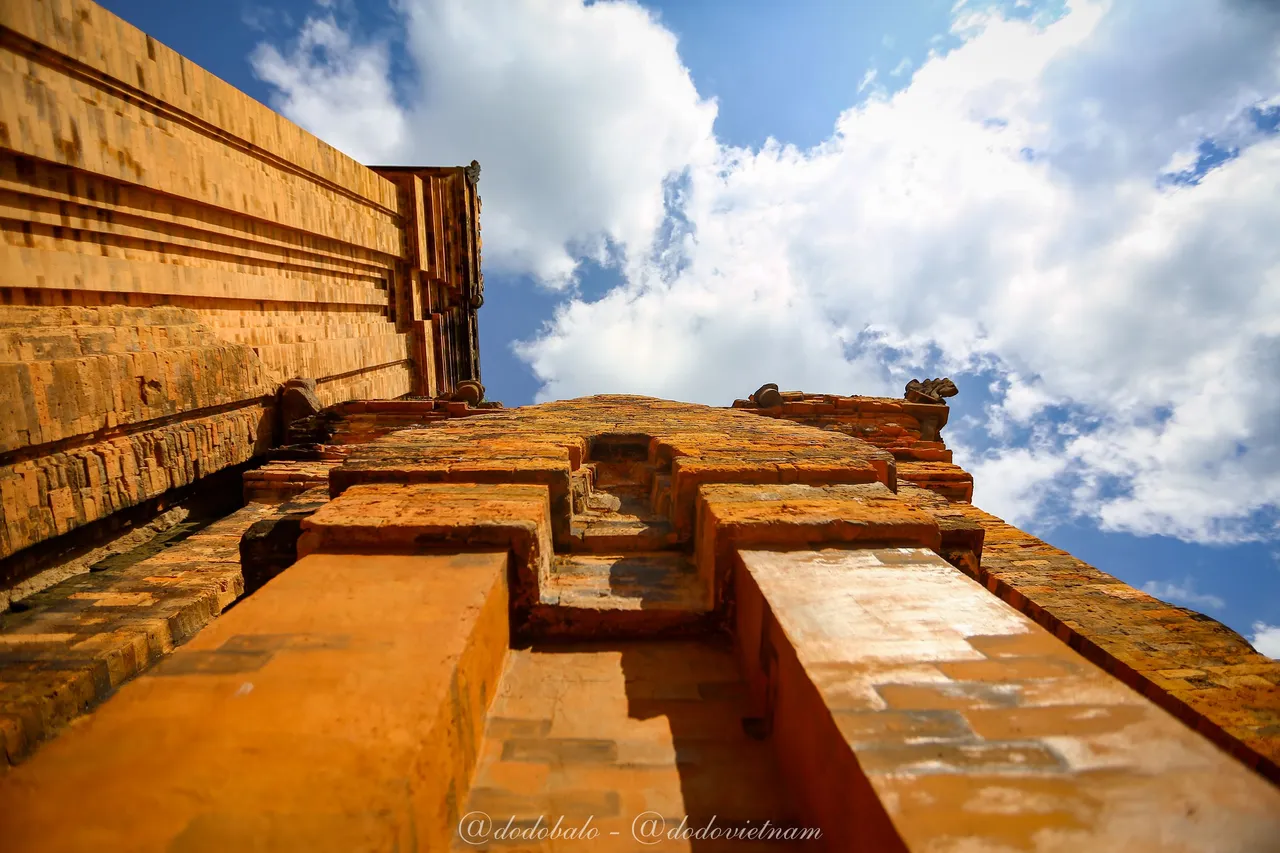
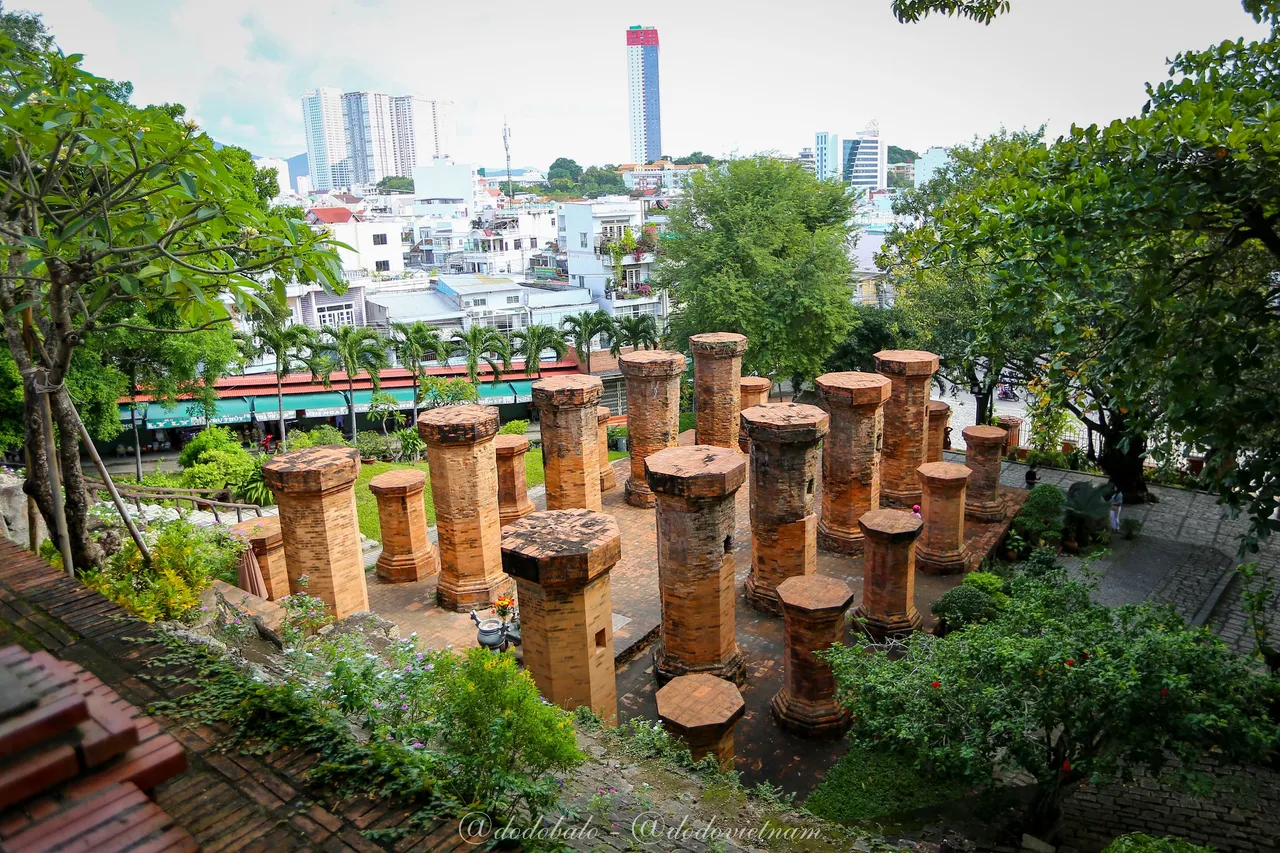
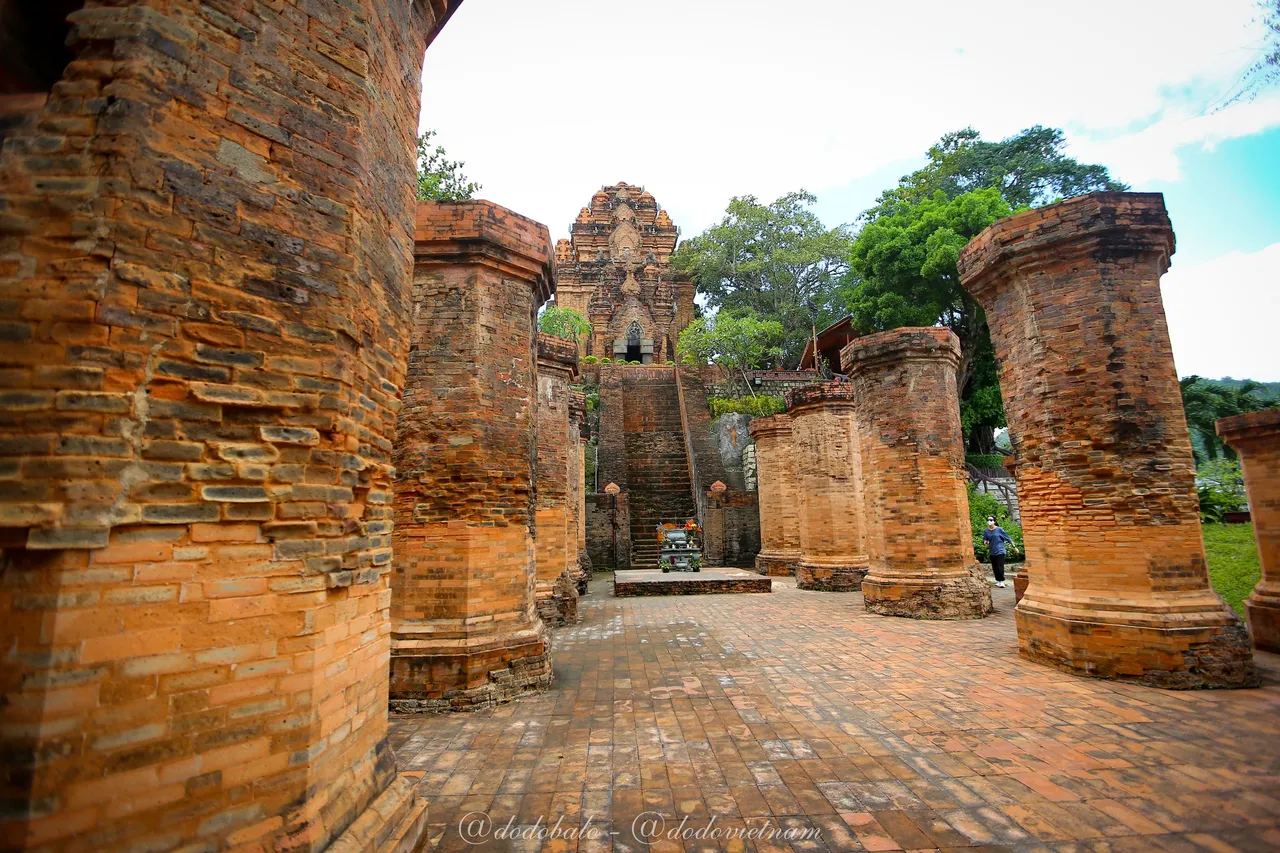


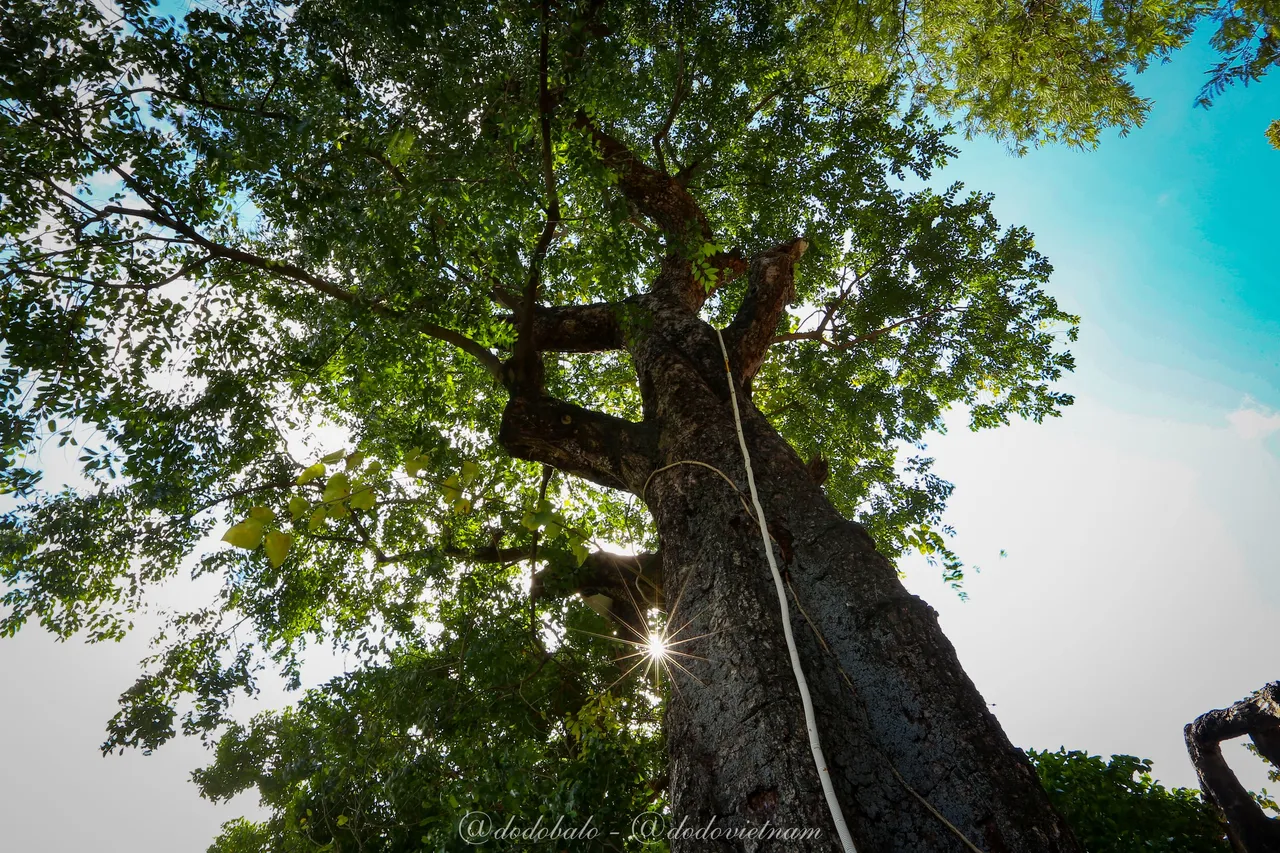
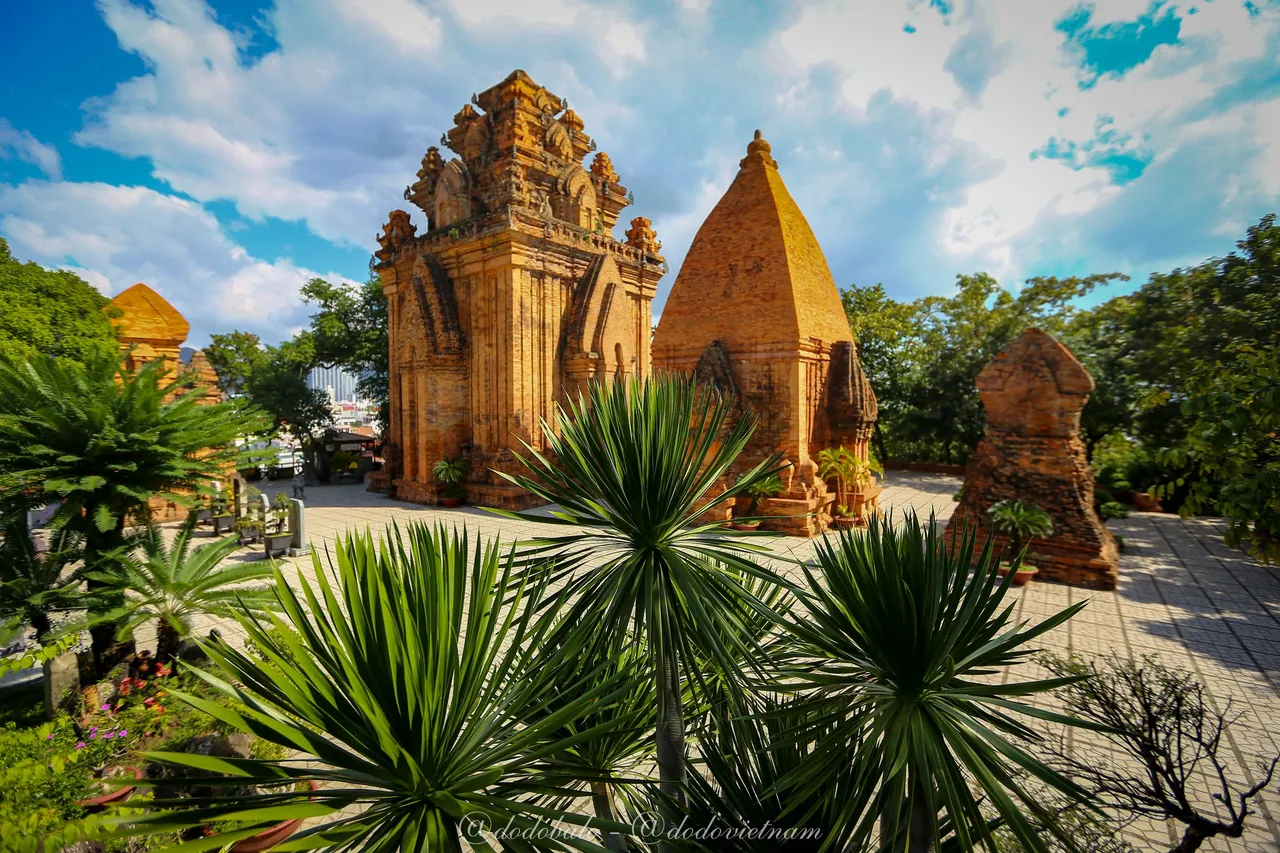
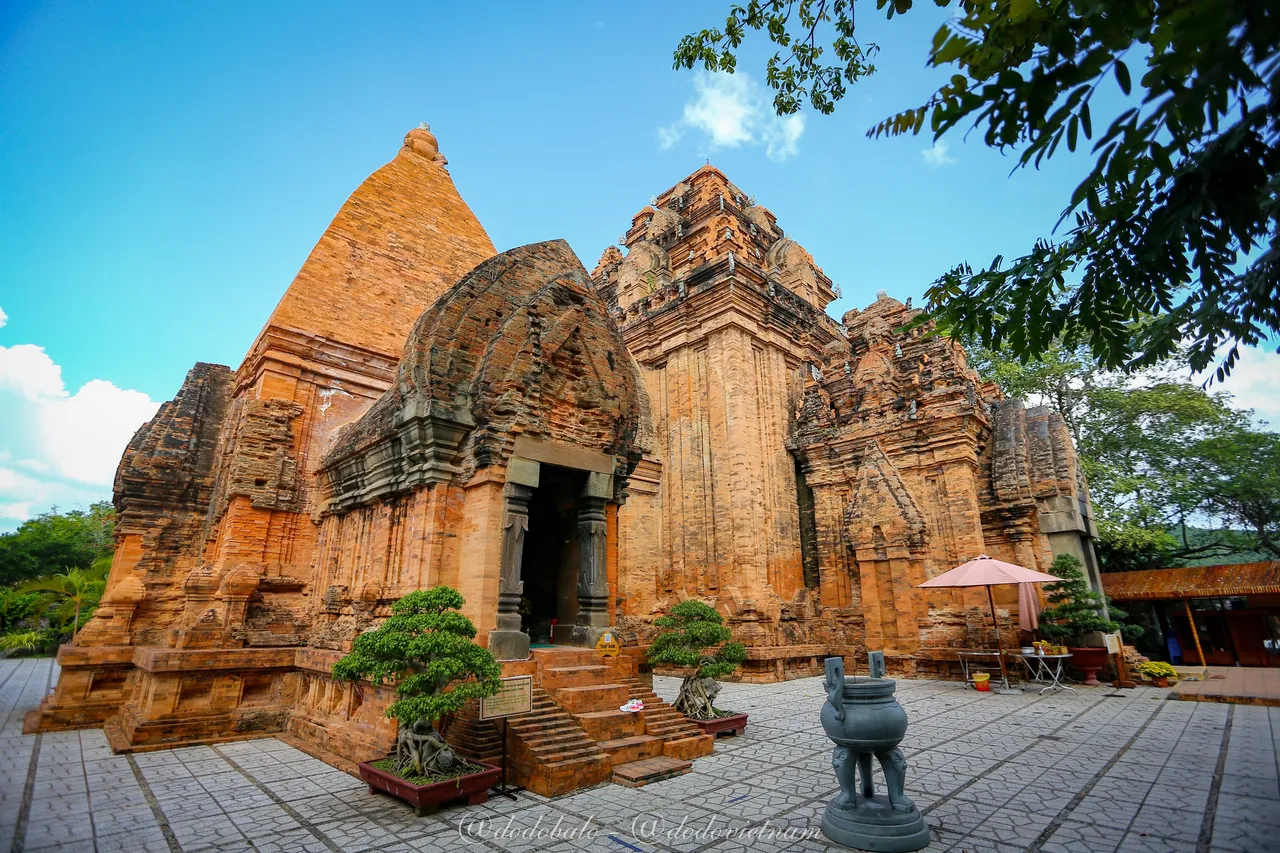
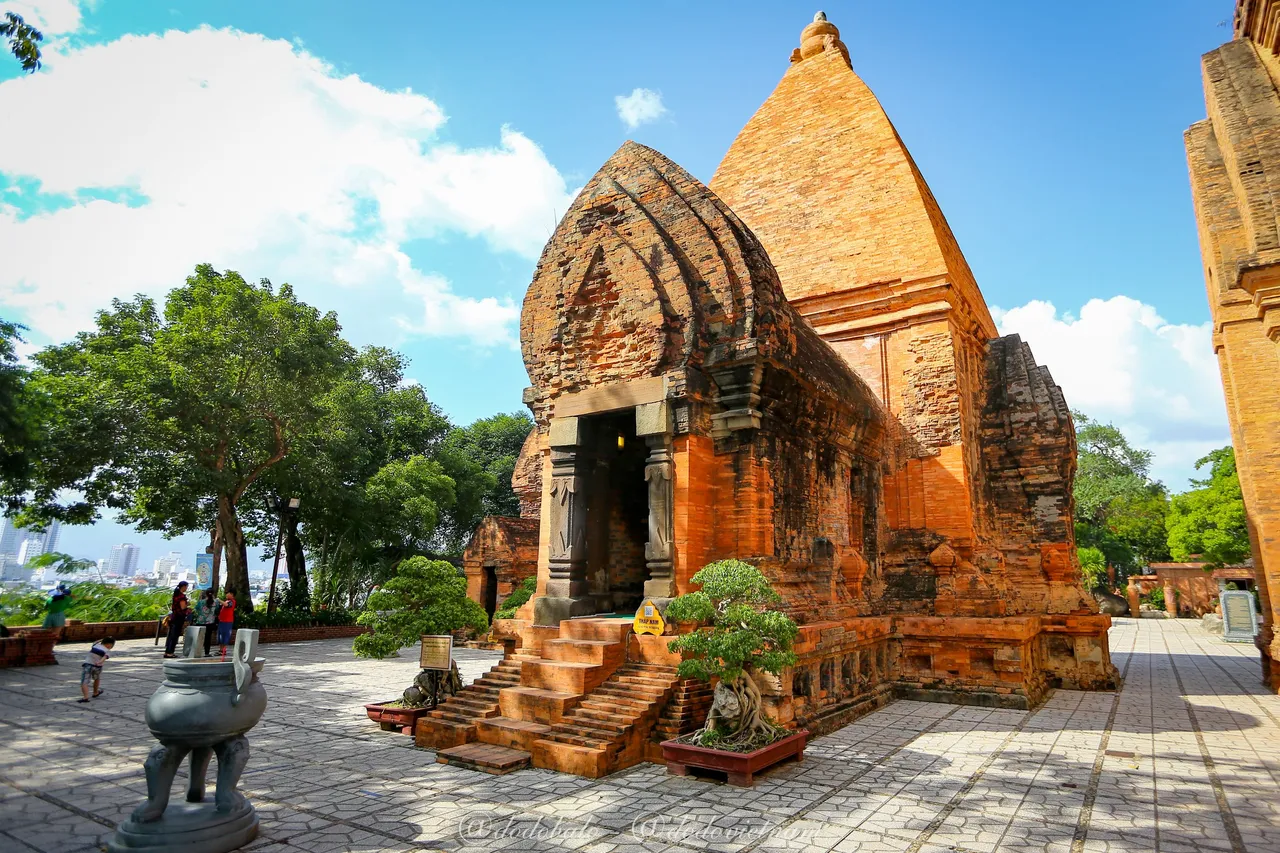
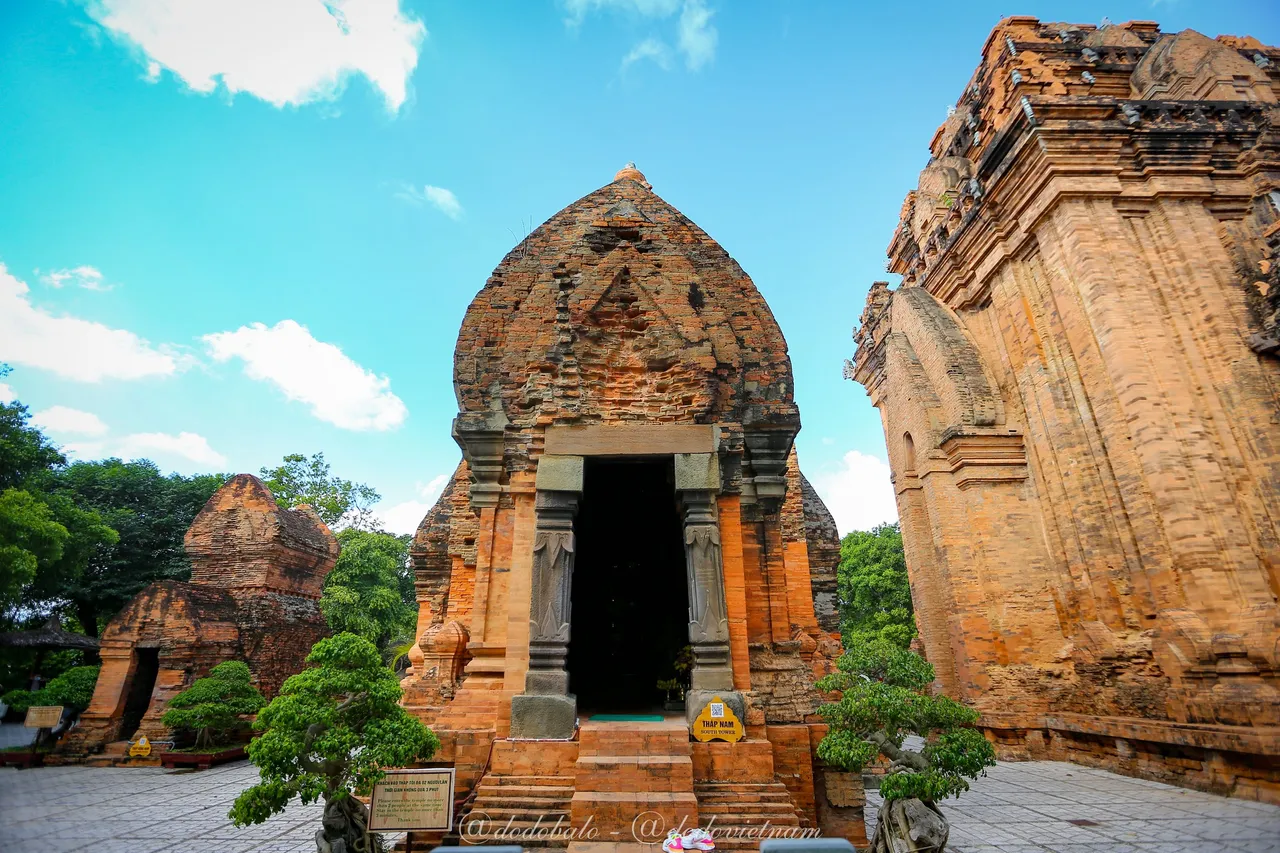

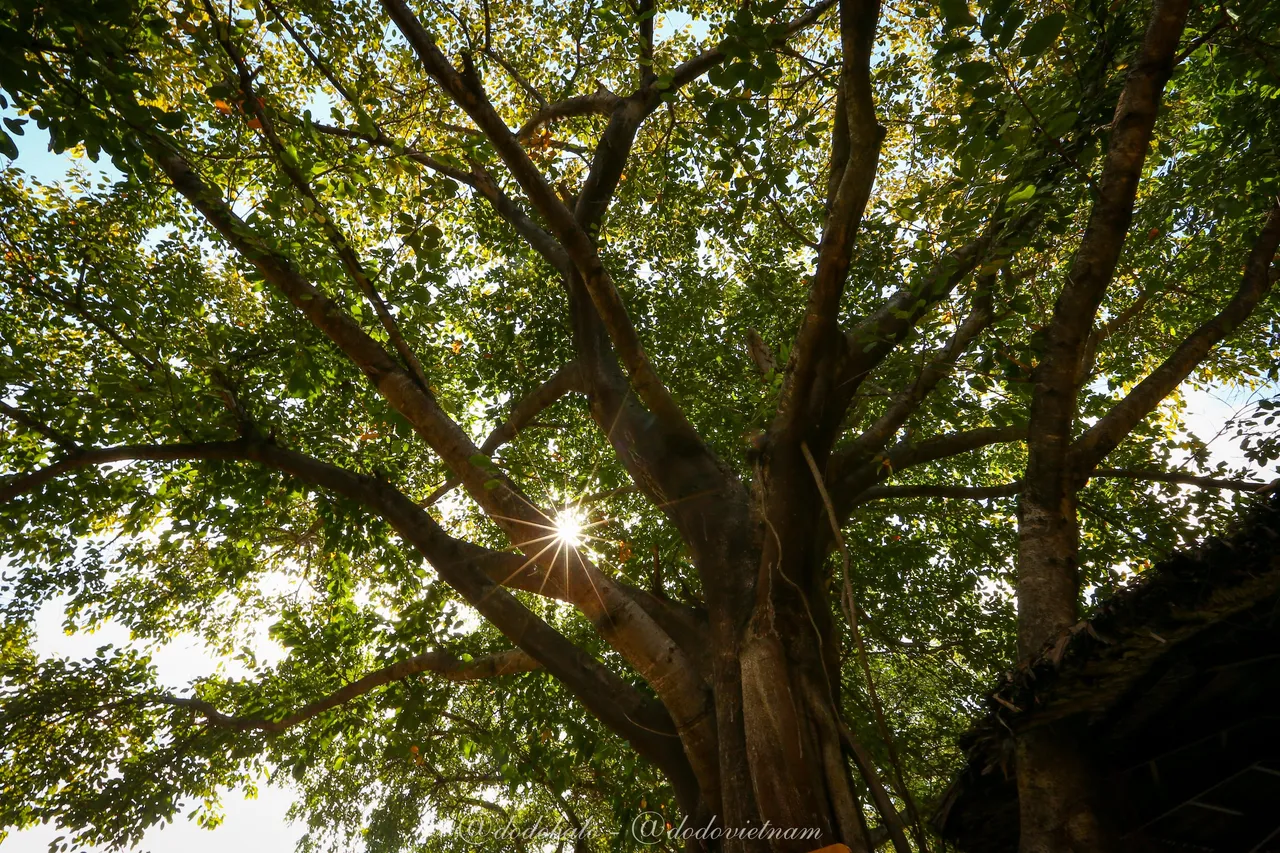

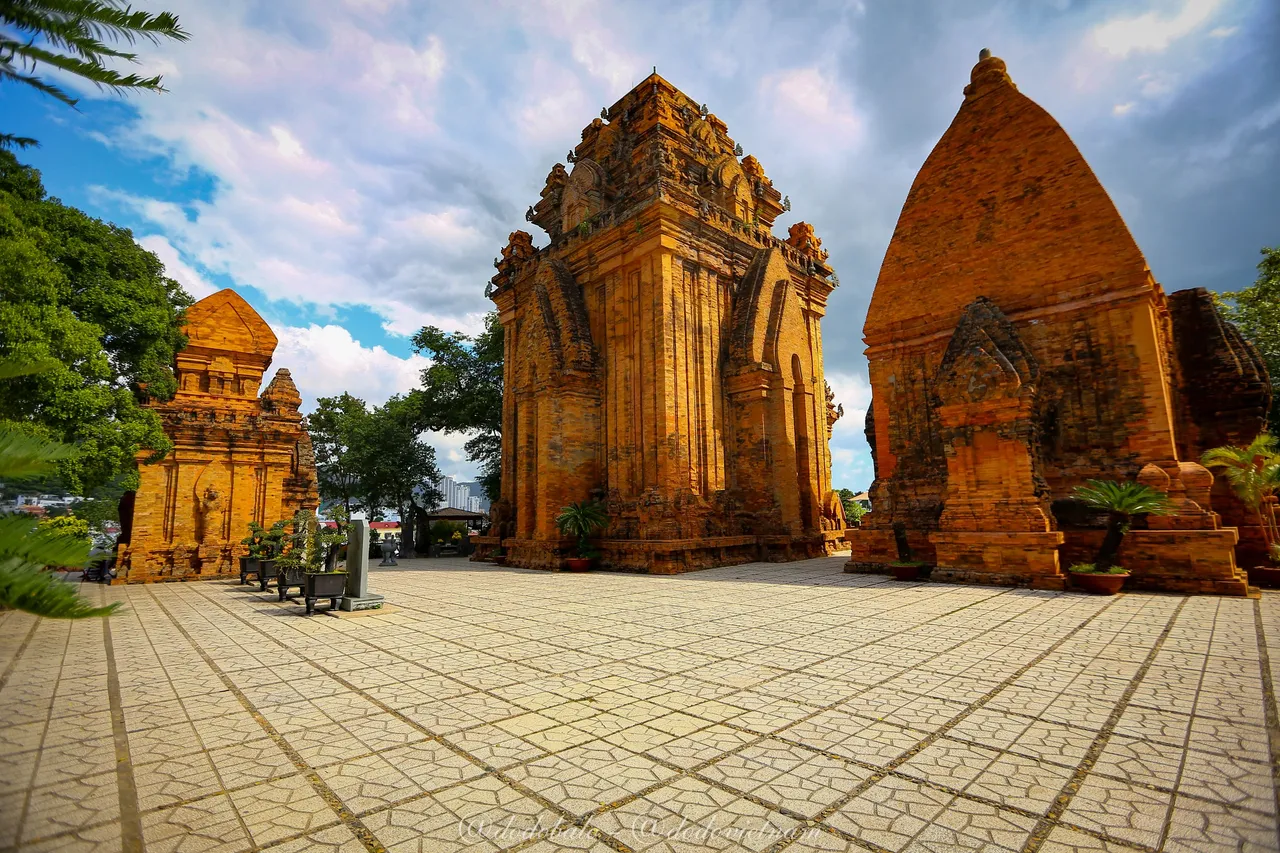
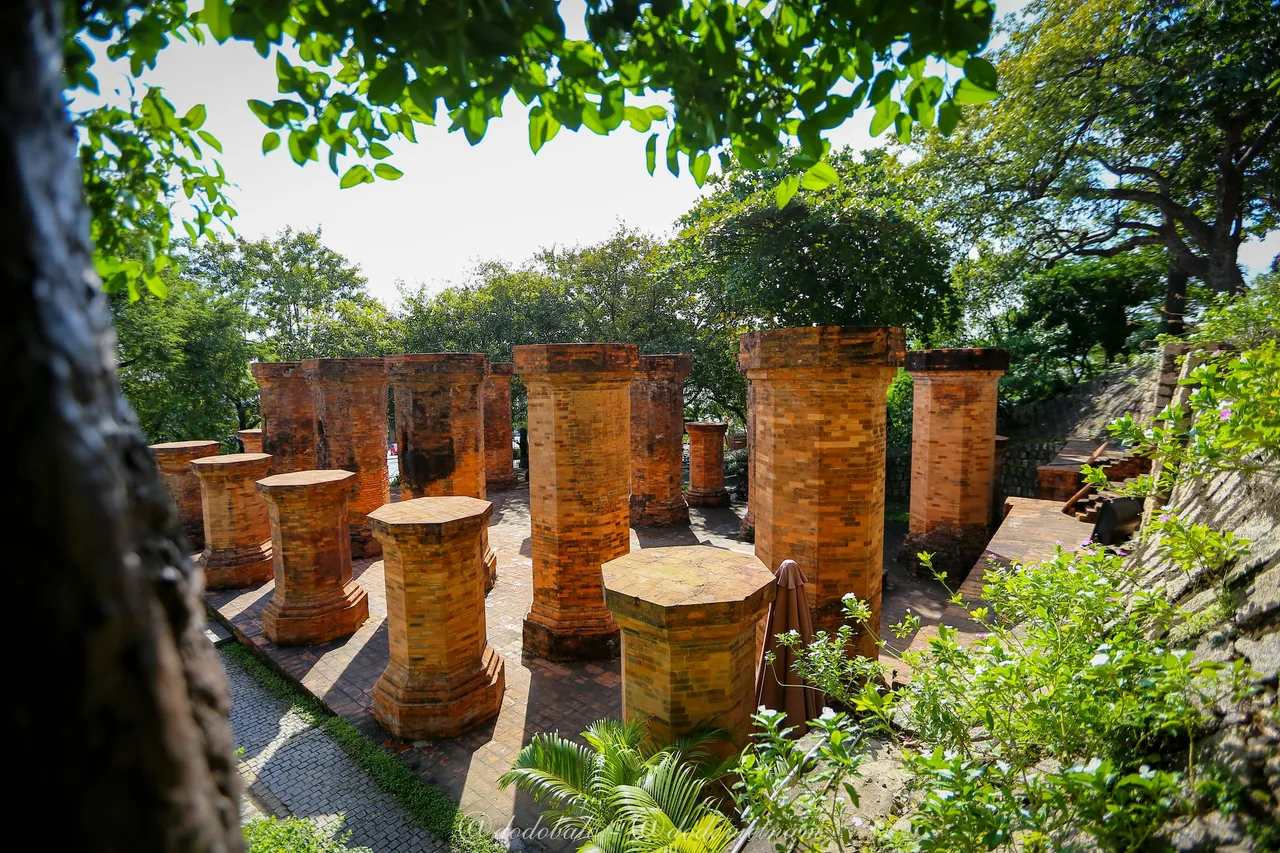

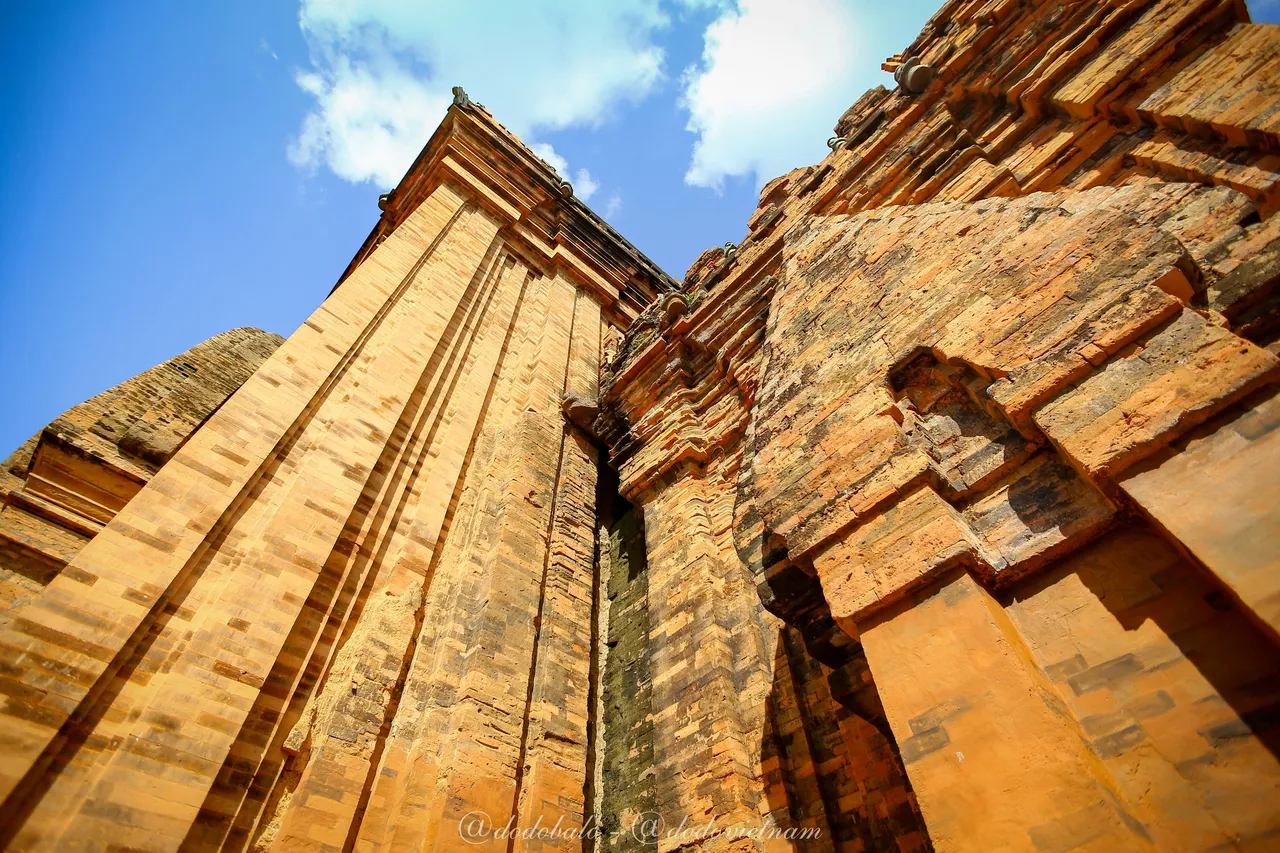
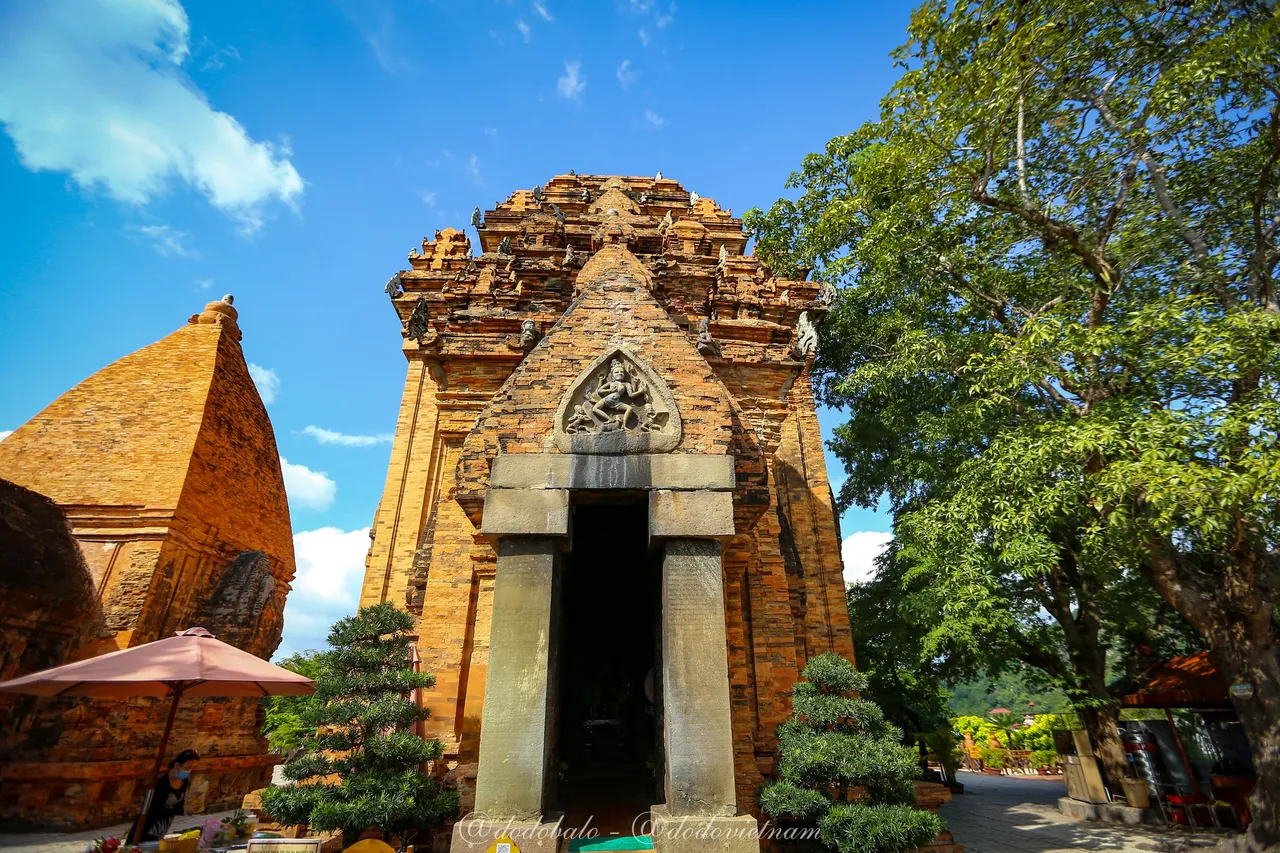
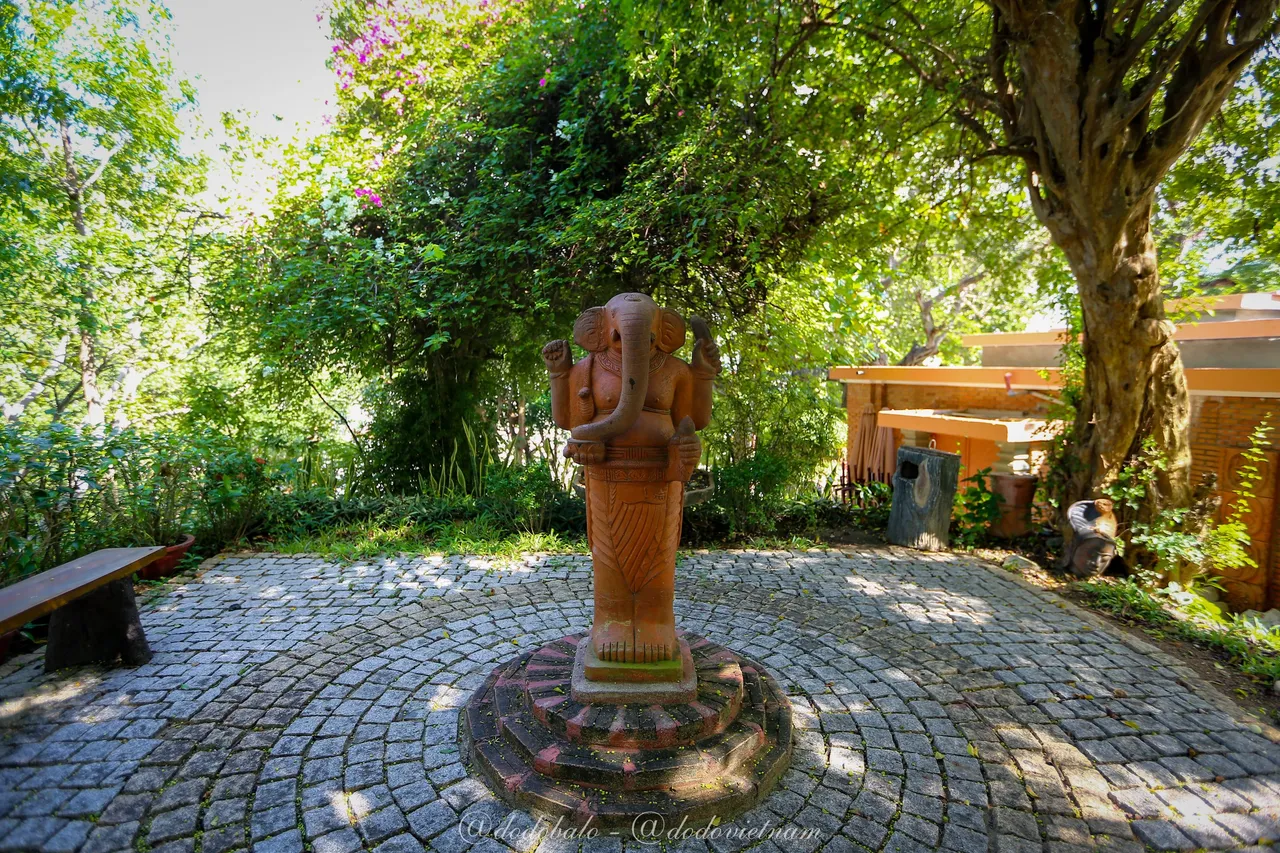

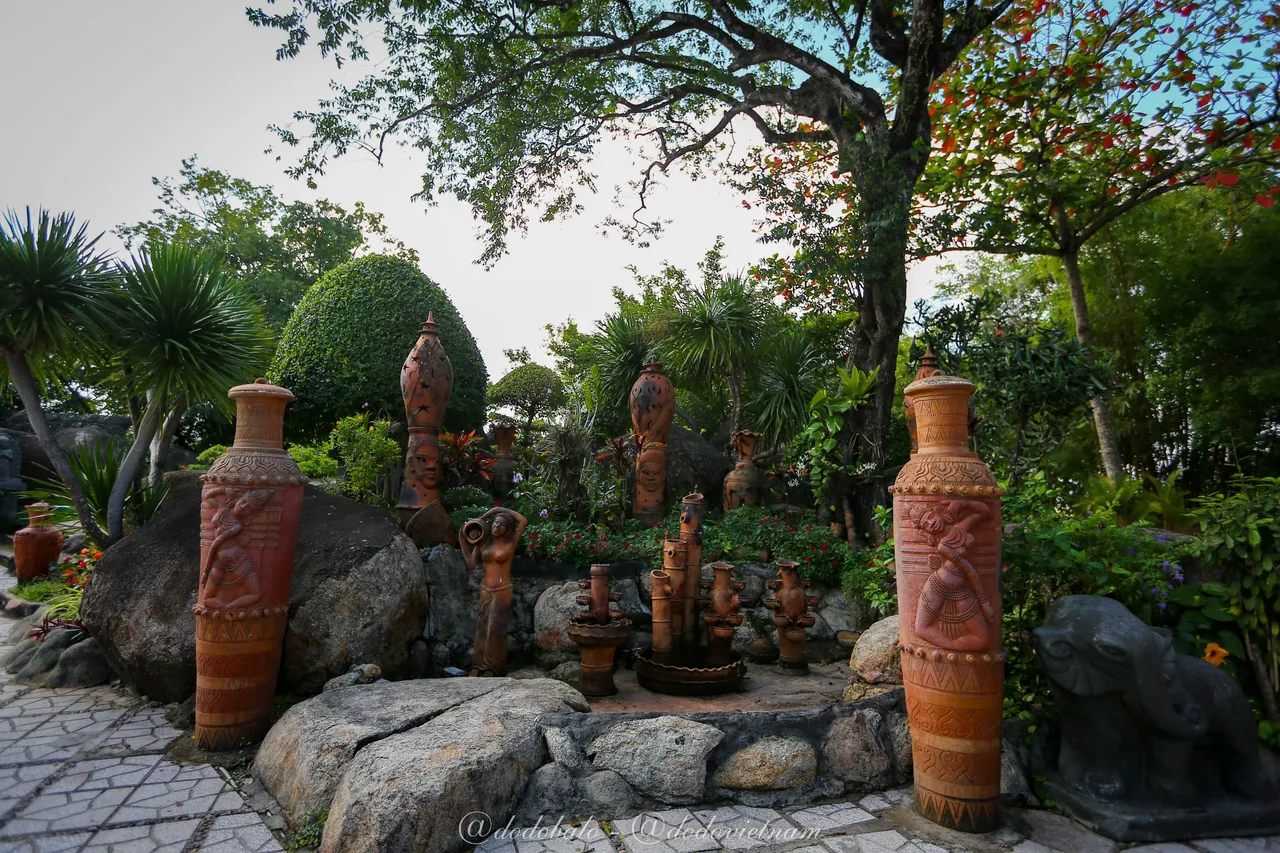
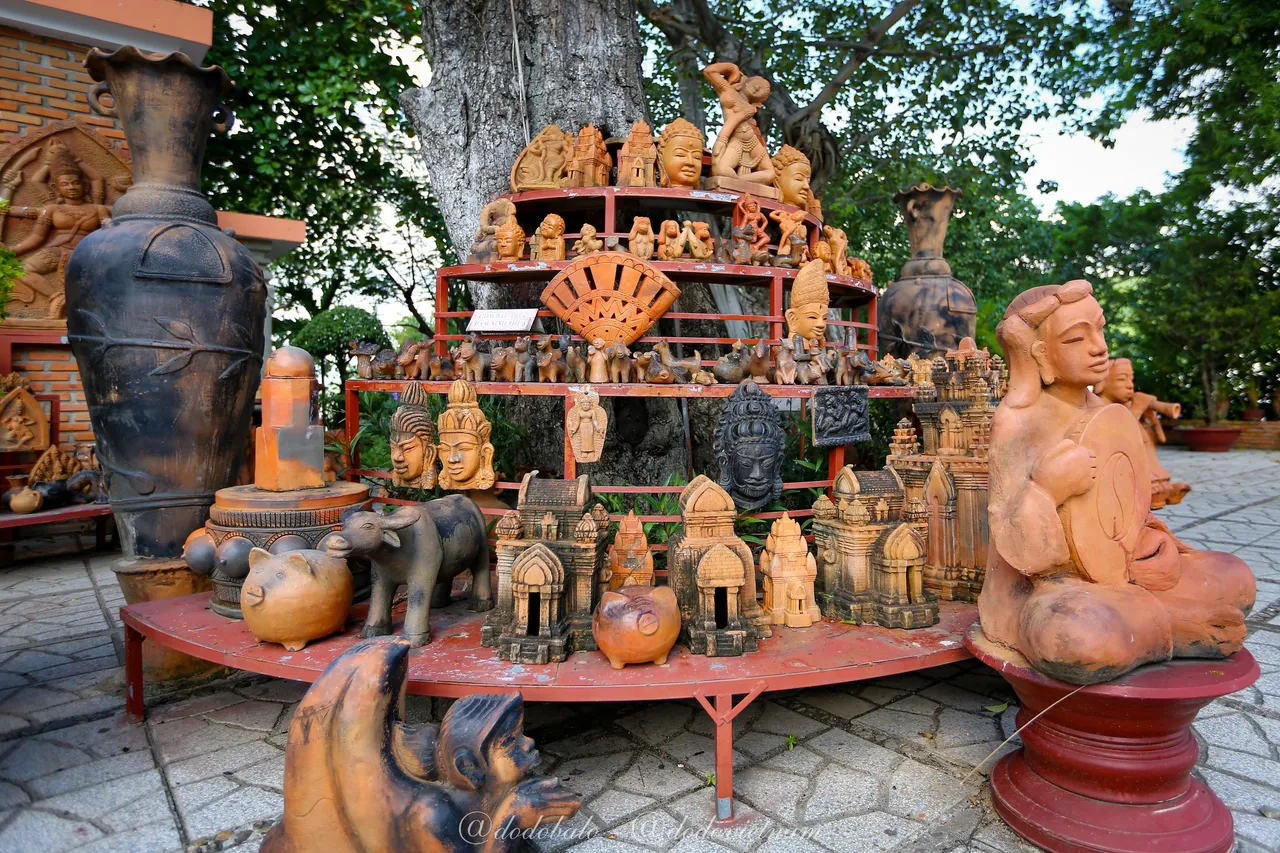
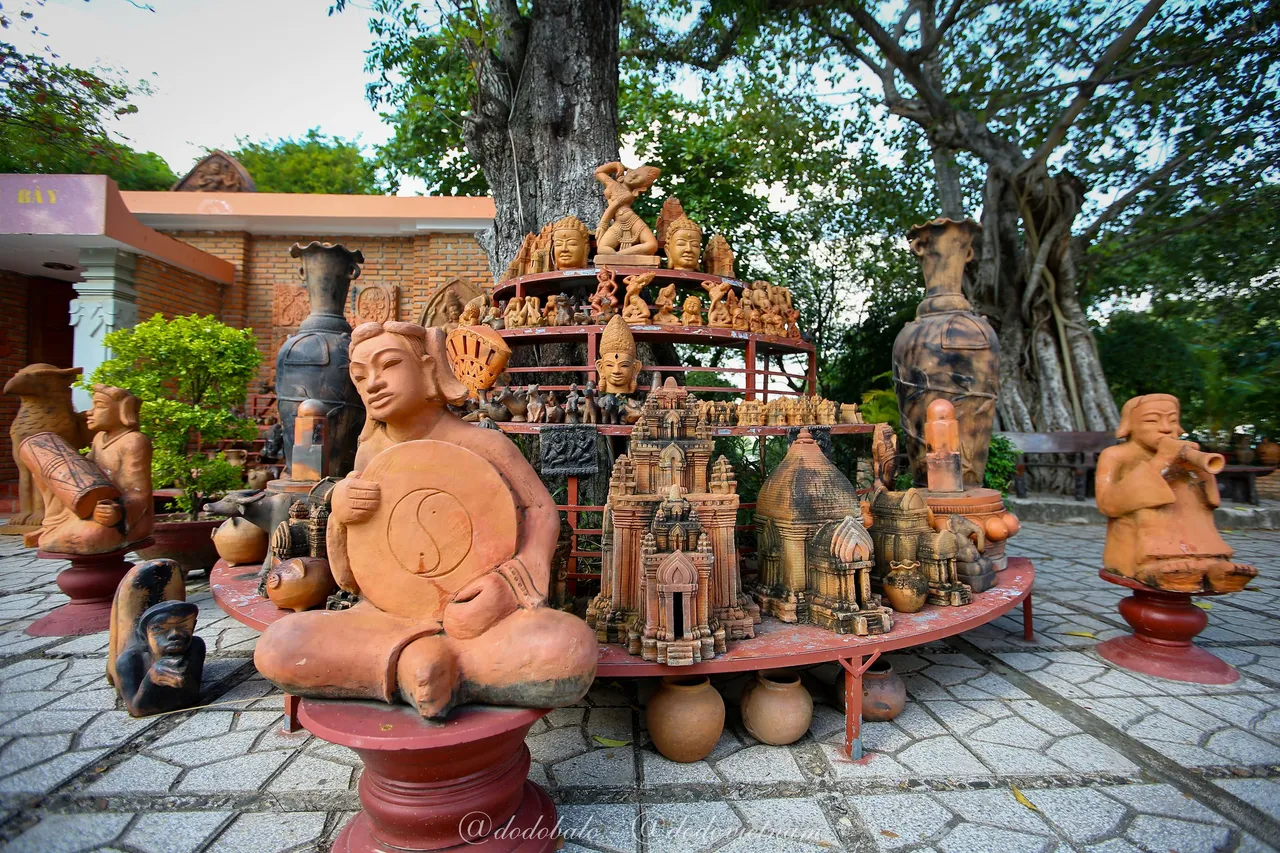
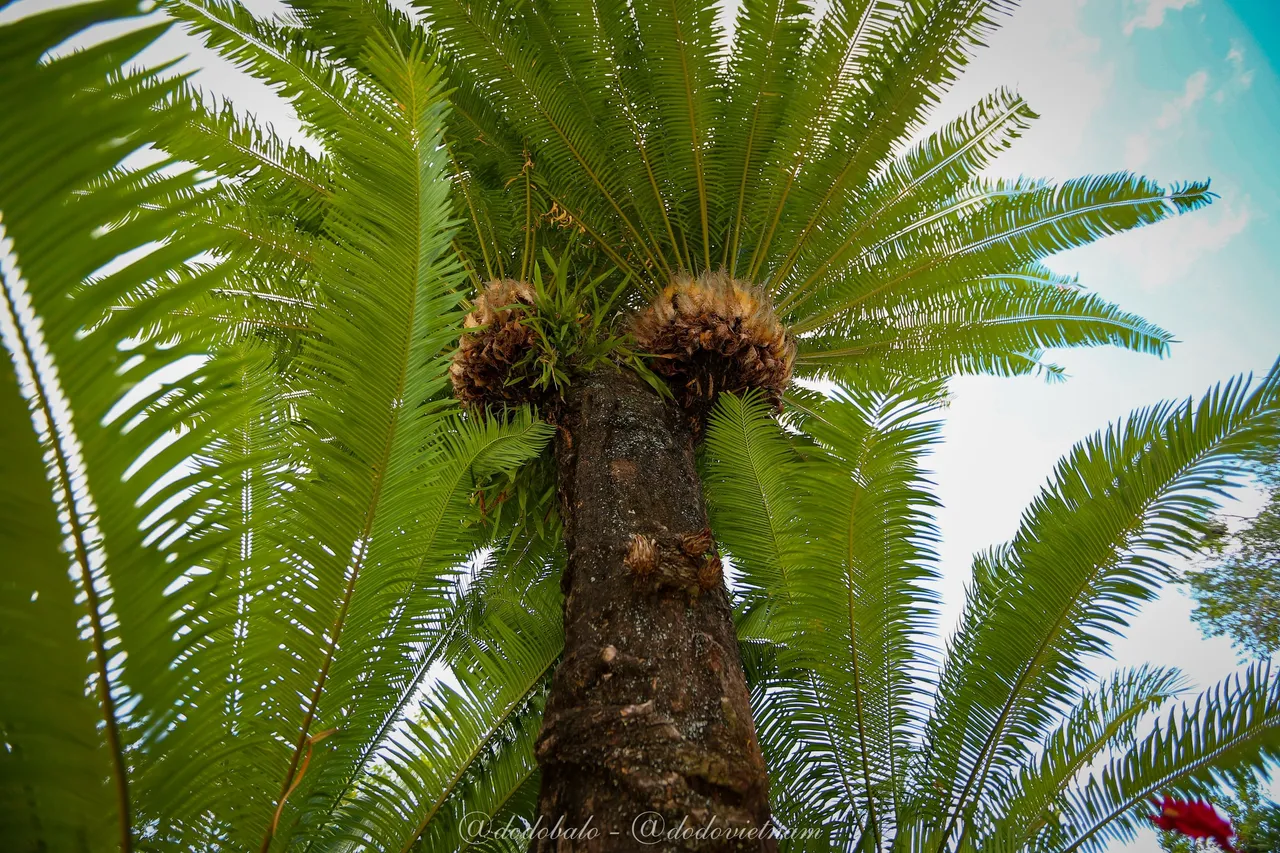
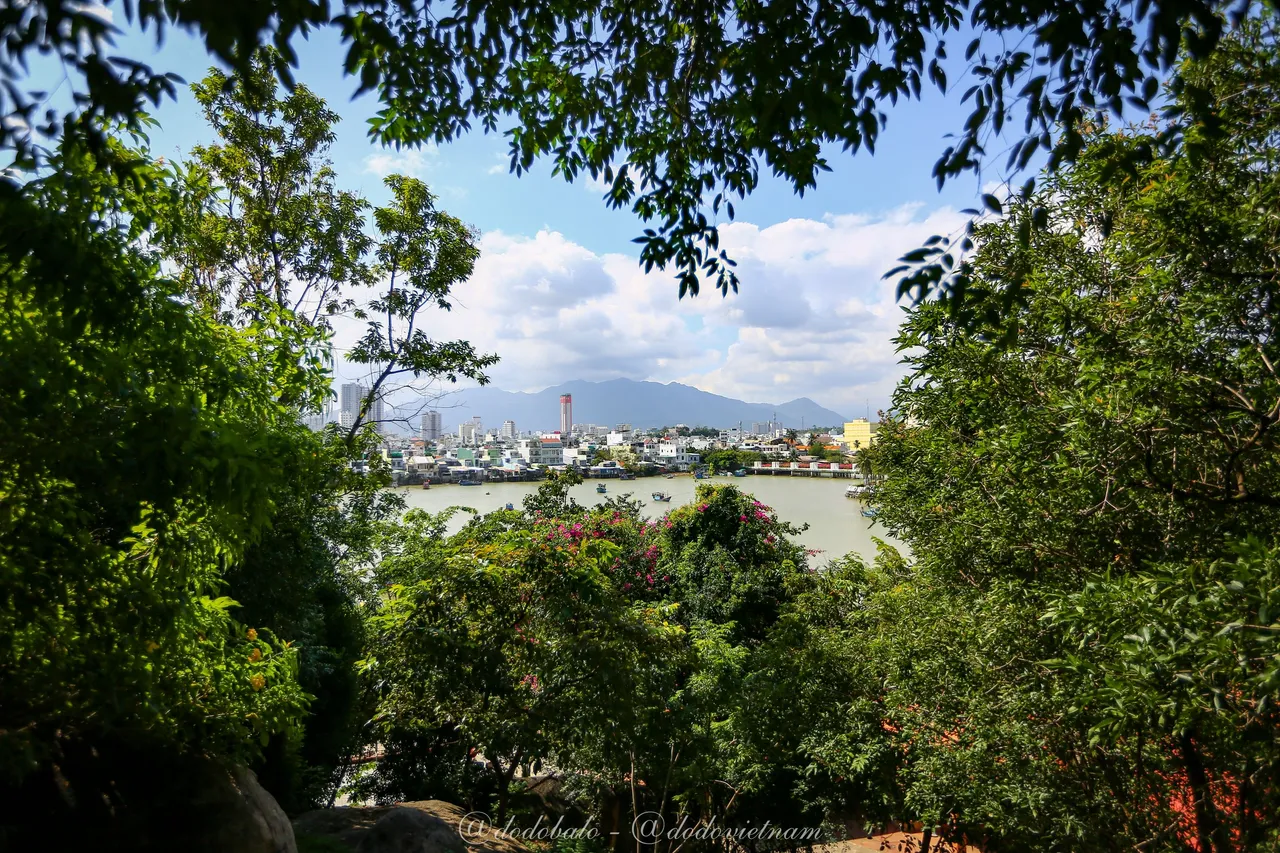
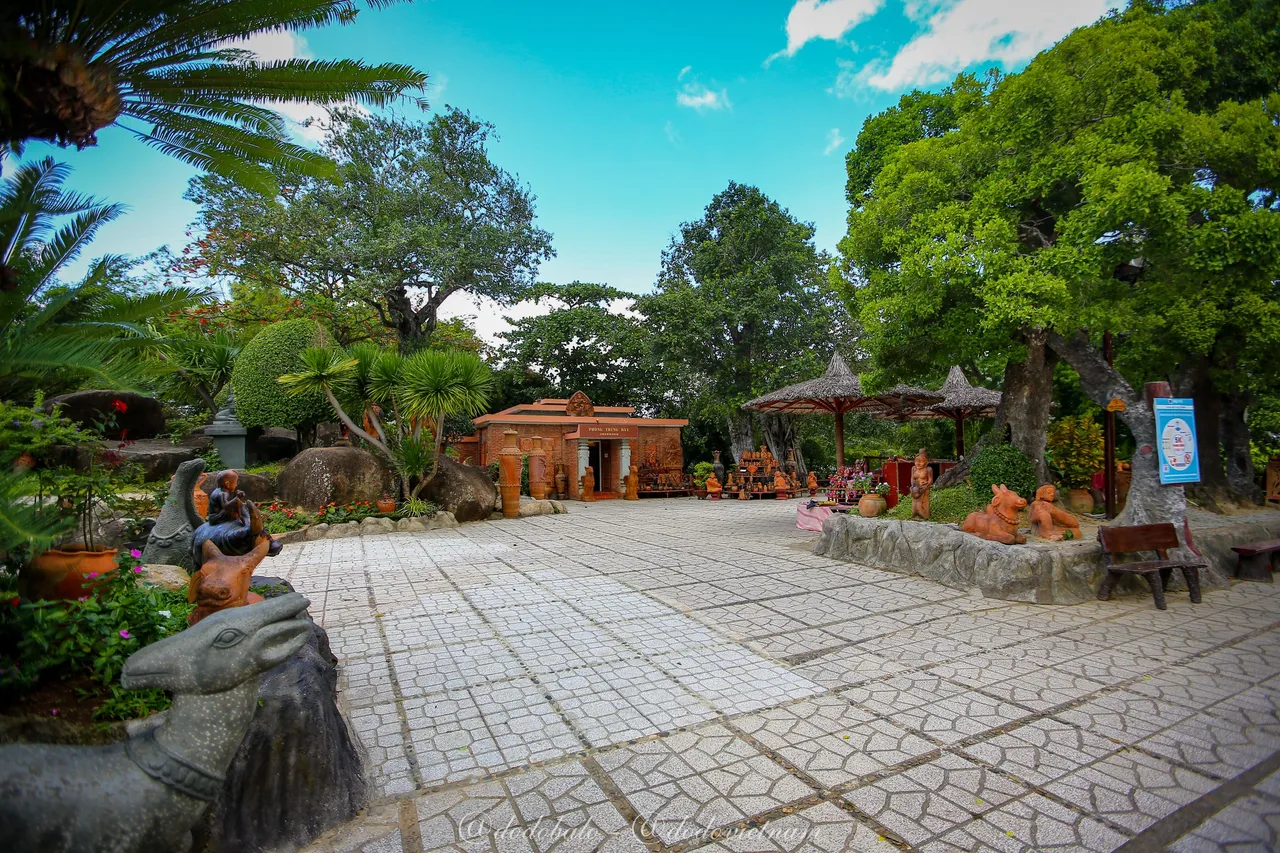
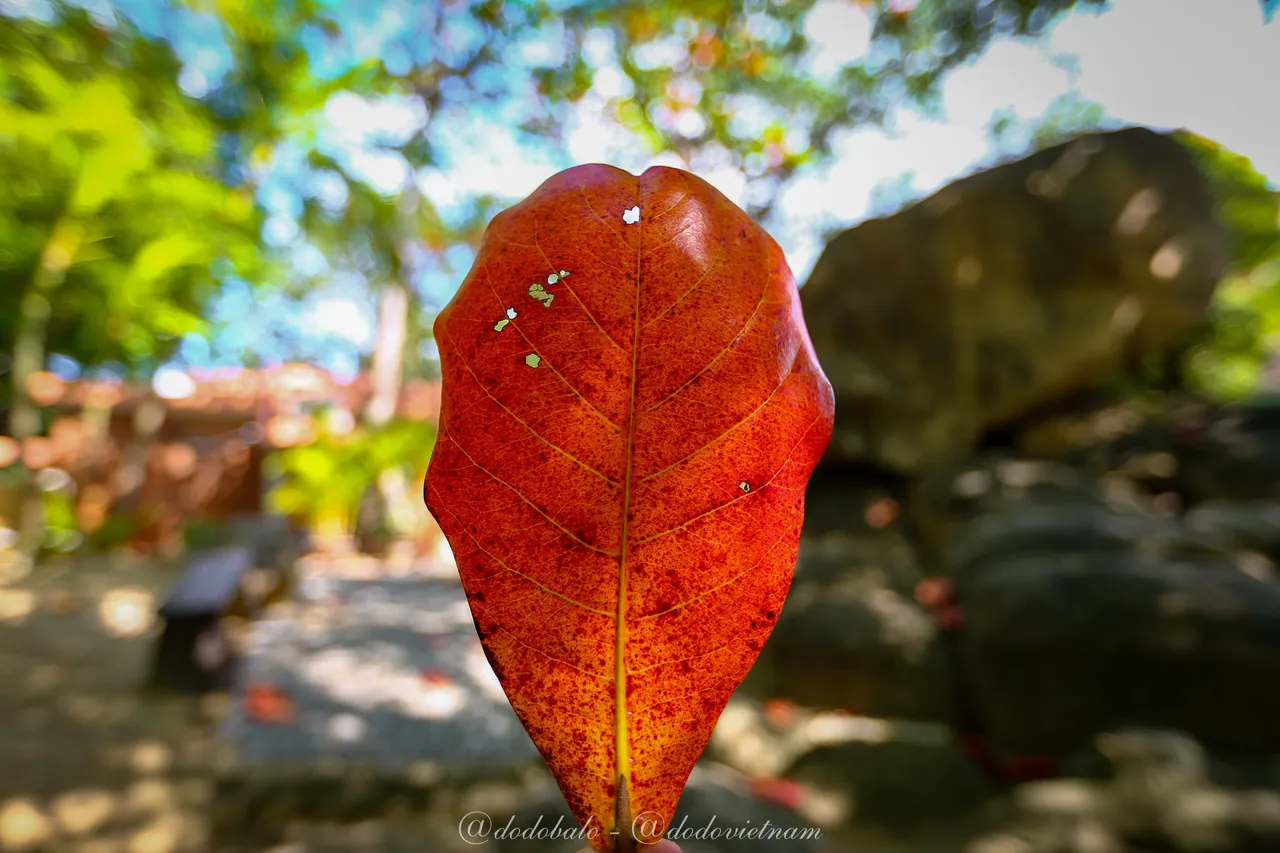
The information about the name, location, legend, history and architecture of Po Nagar Tower in this post is referenced from:
https://en.wikipedia.org/wiki/Th%C3%A1p_Po_Nagar
https://en.wikipedia.org/wiki/Po_Nagar
Thank you so much for taking the time to read my post. Wish you a good day!
Blog: https://www.dodobalo.com/Facebook: https://www.facebook.com/ImdodohereInstagram: https://www.instagram.com/dodo.balo/Twitter: https://twitter.com/dodovietnam1